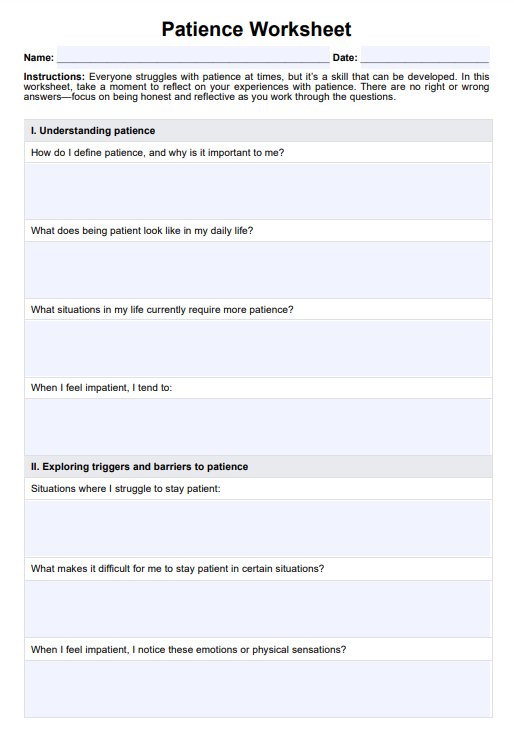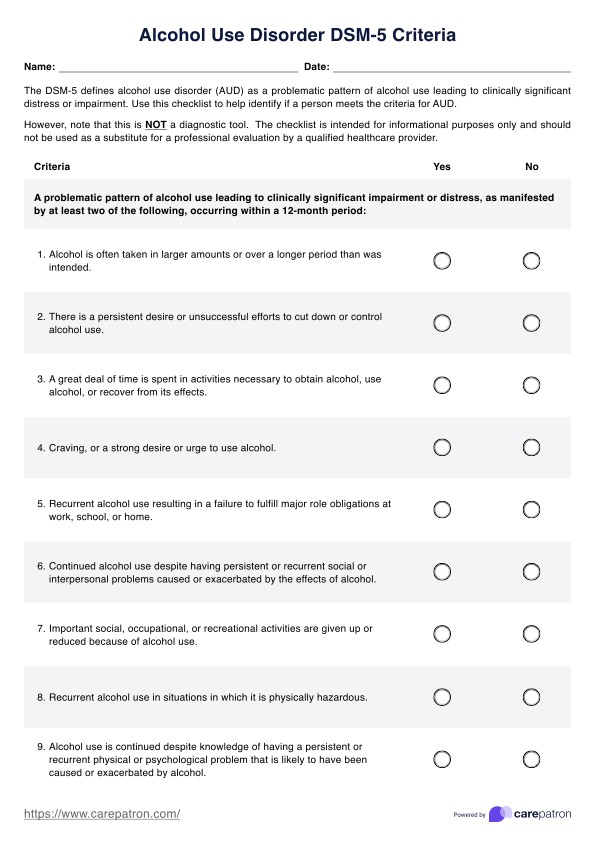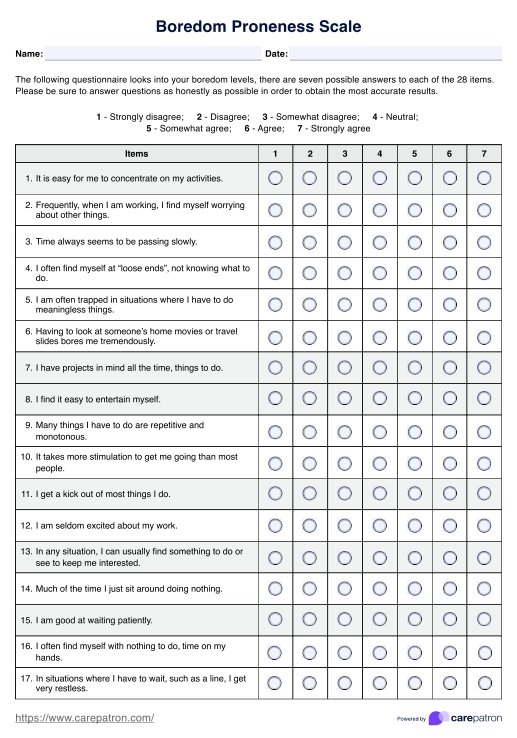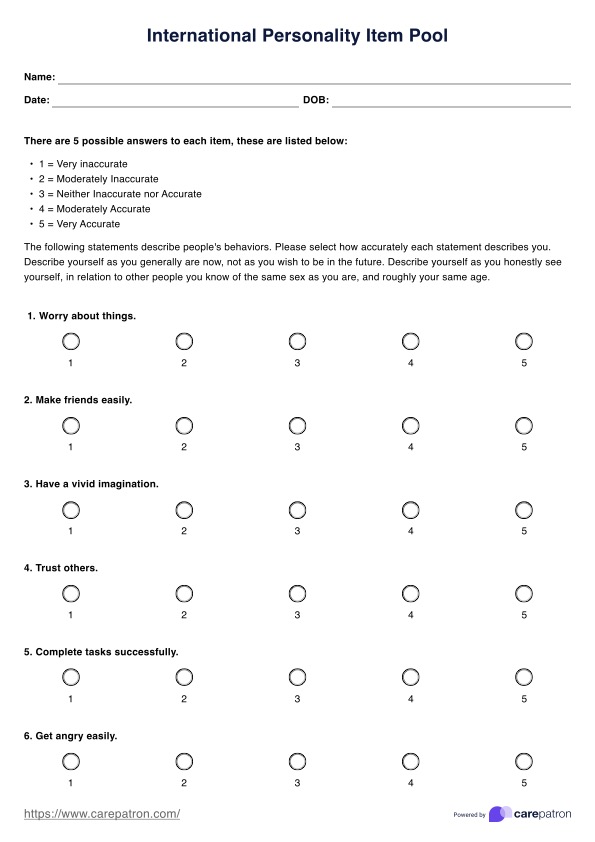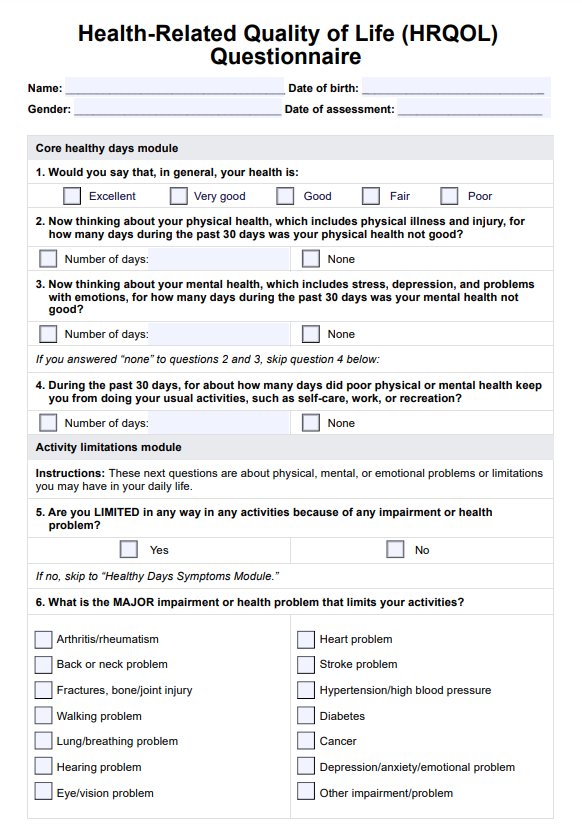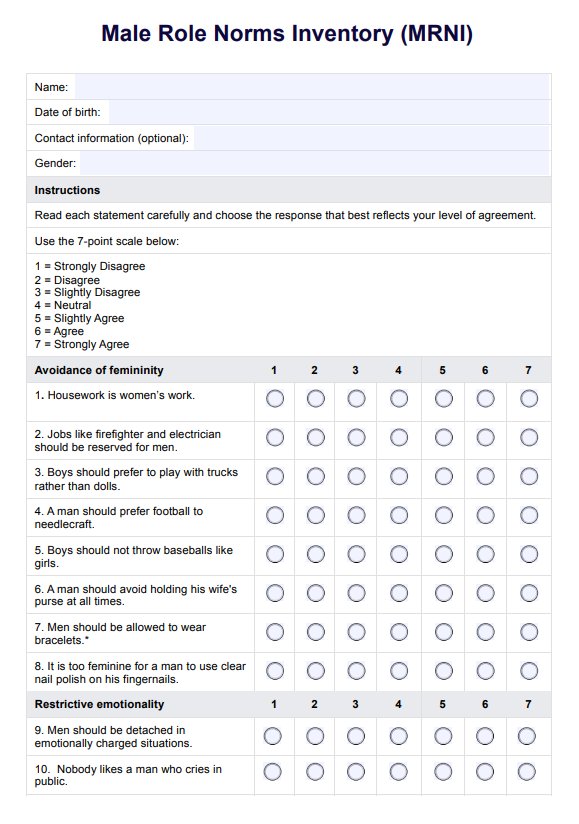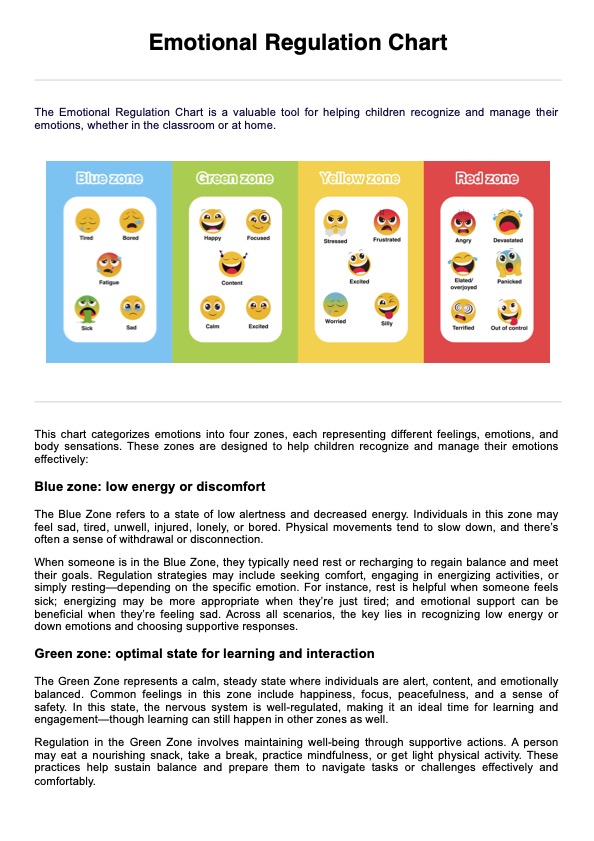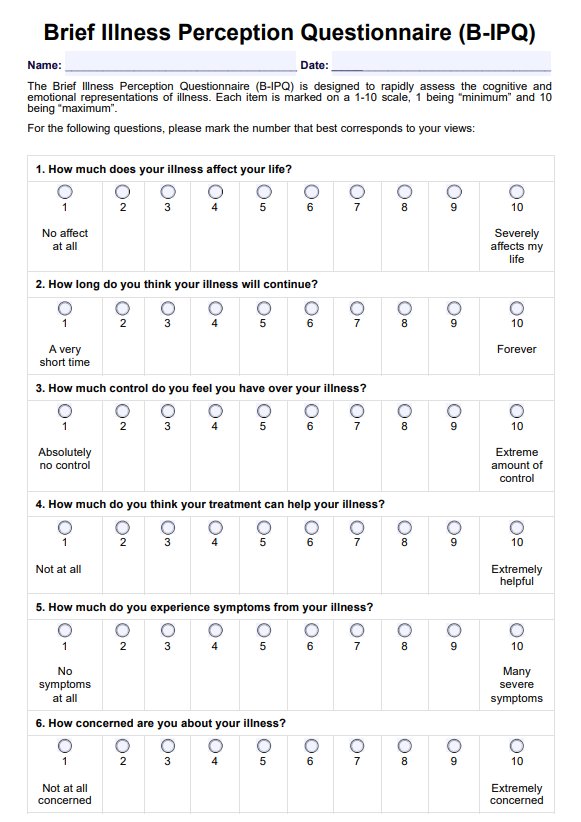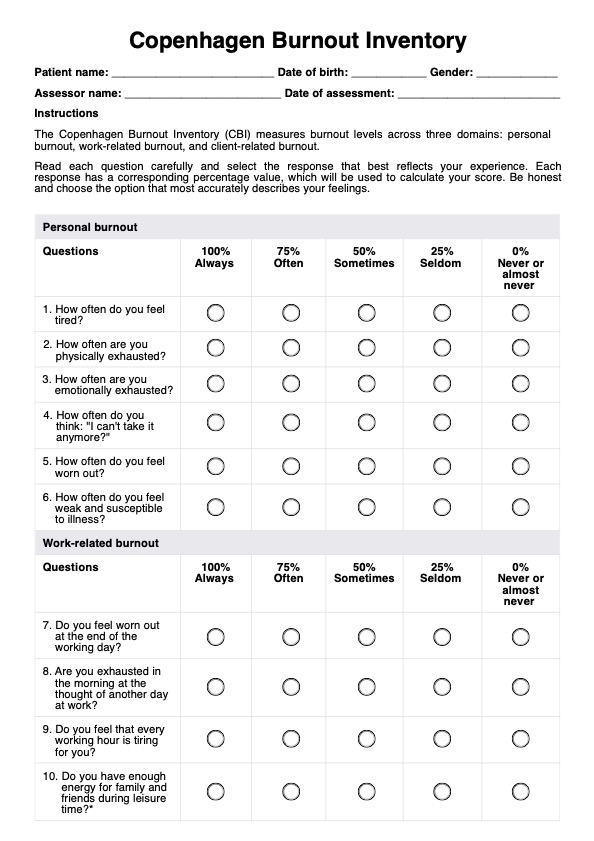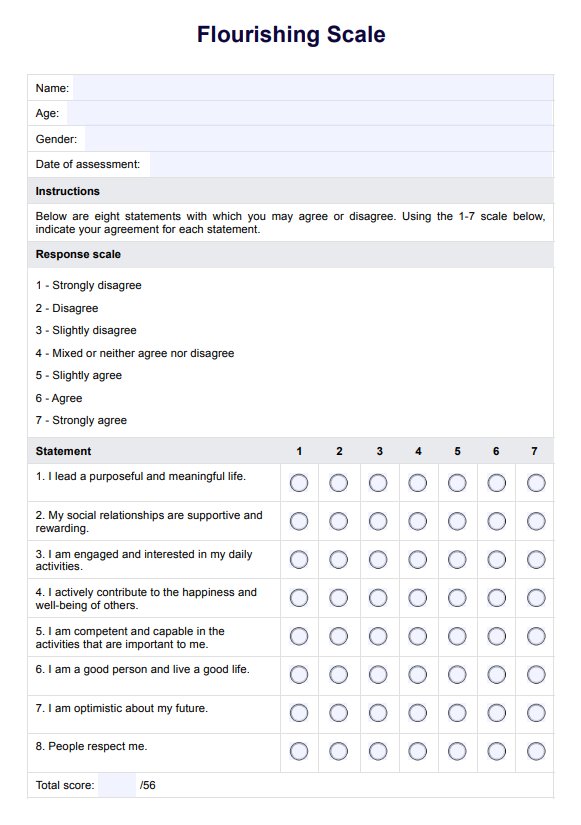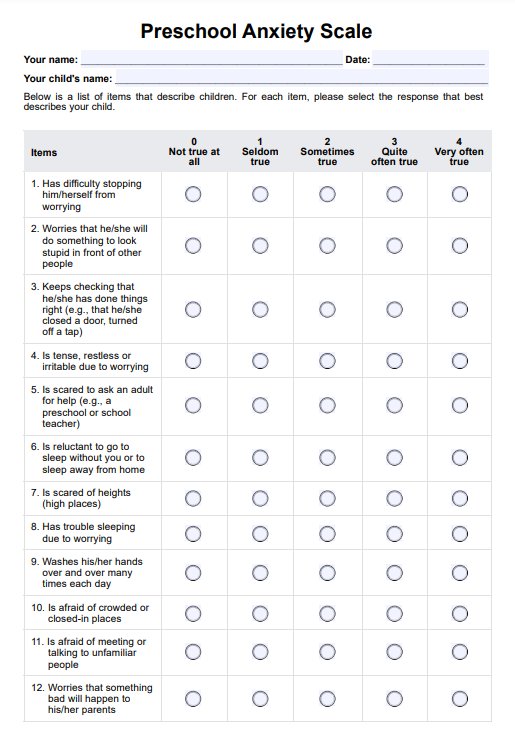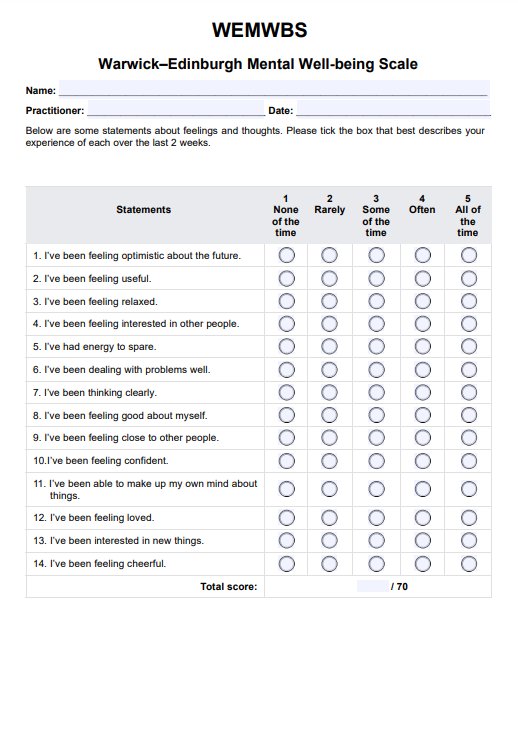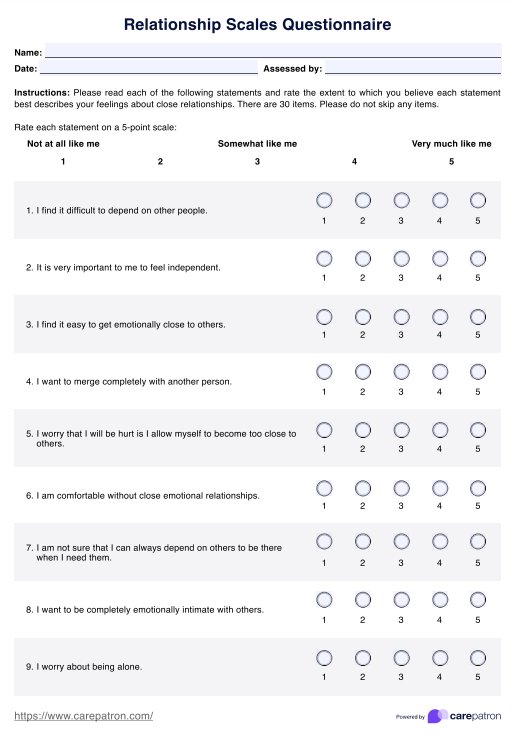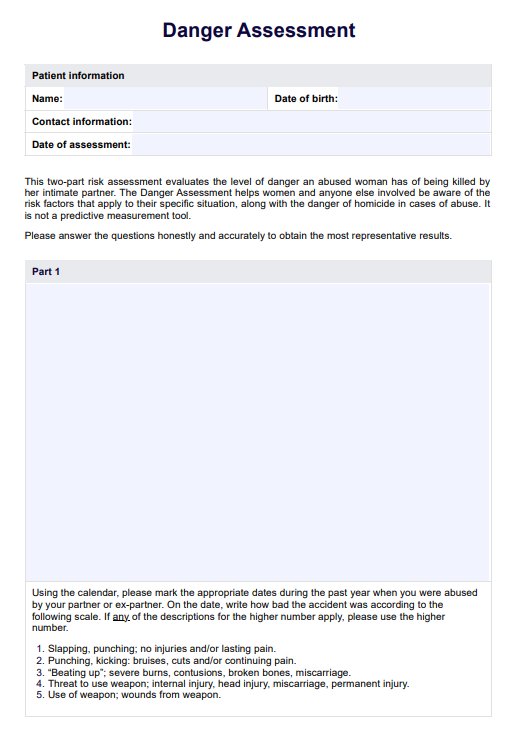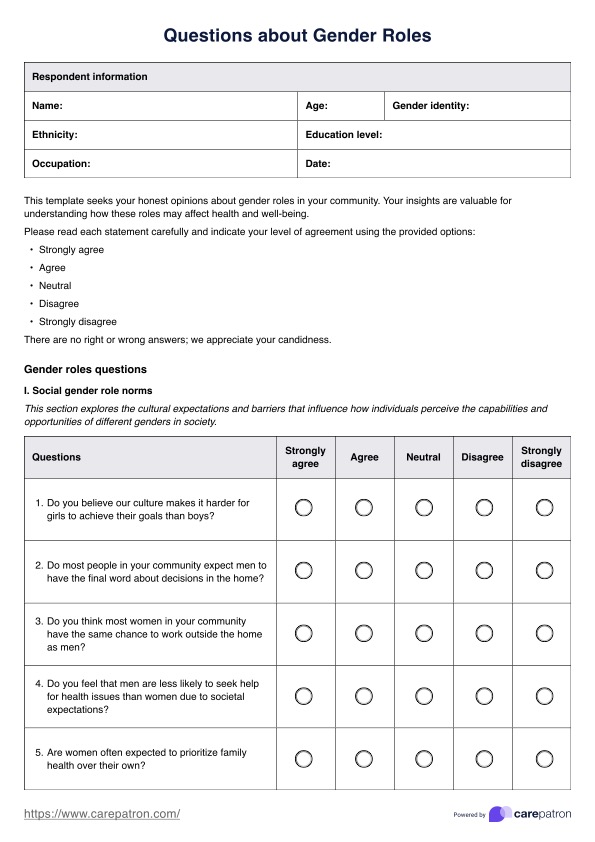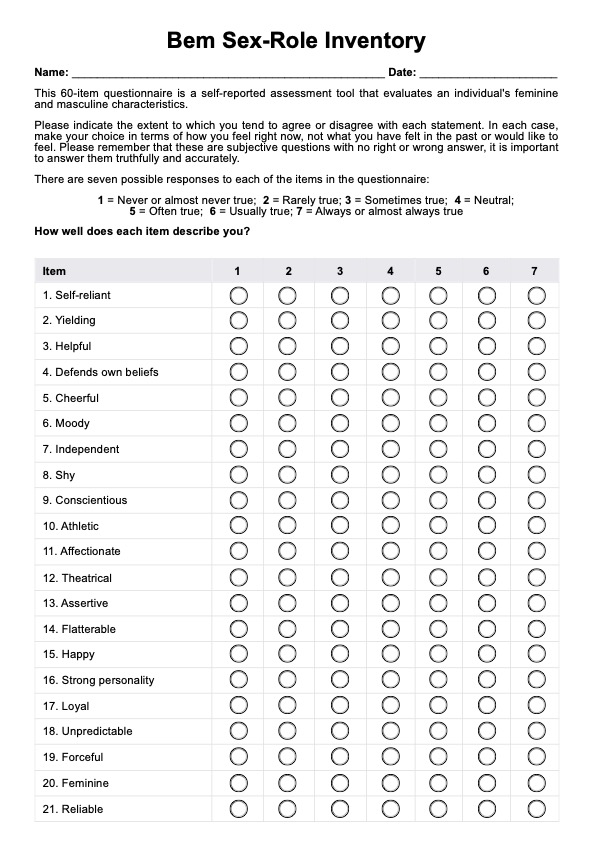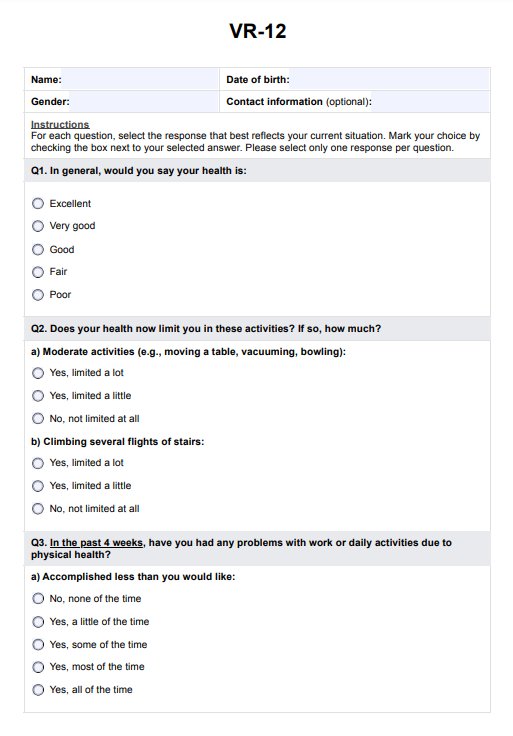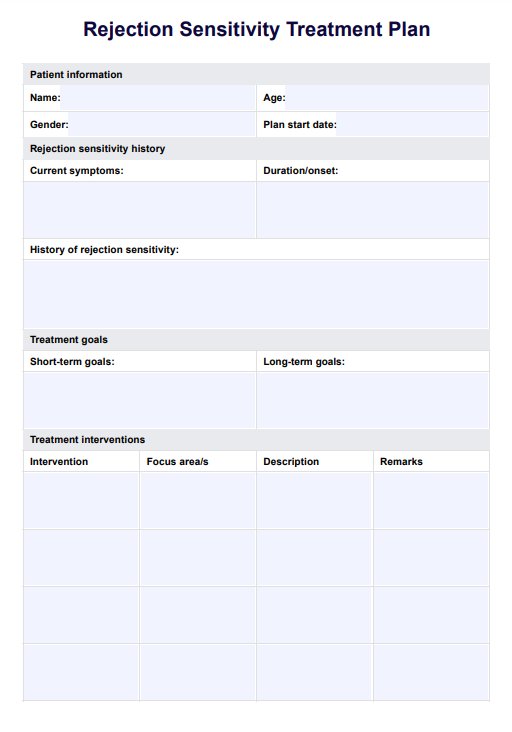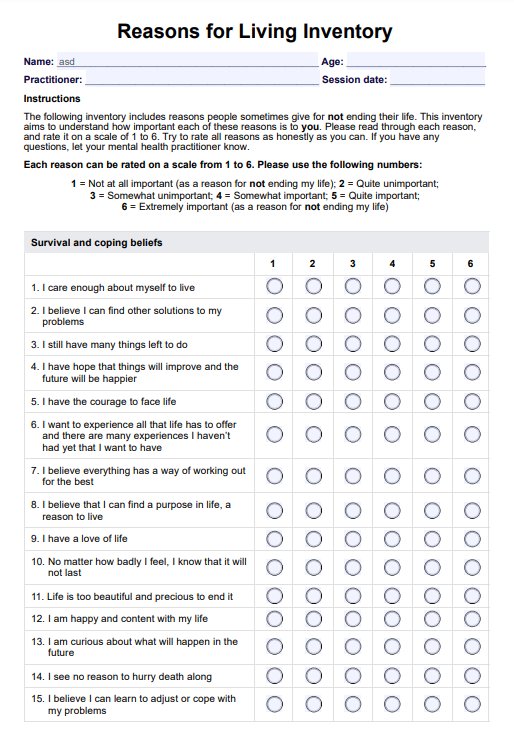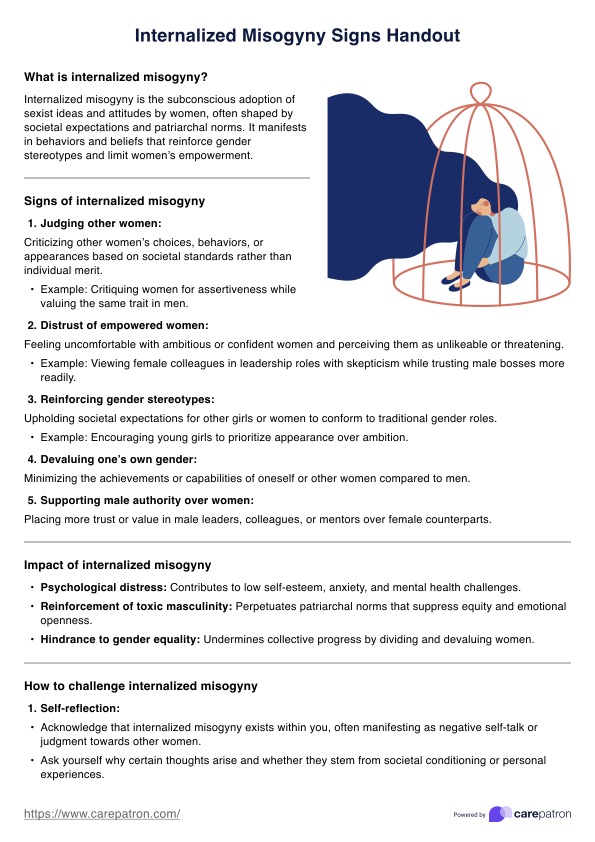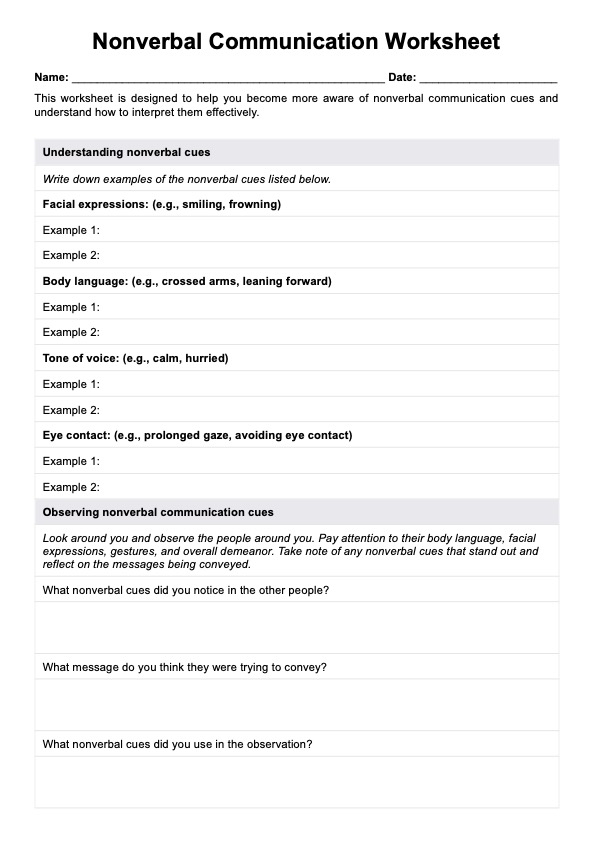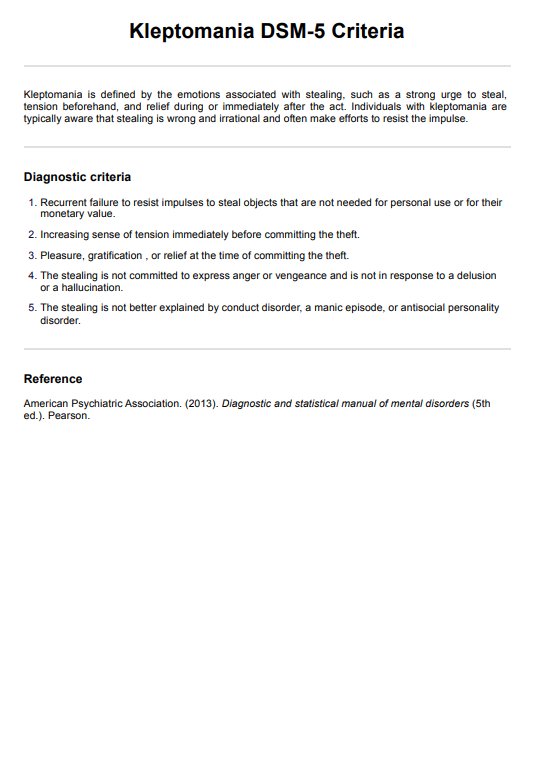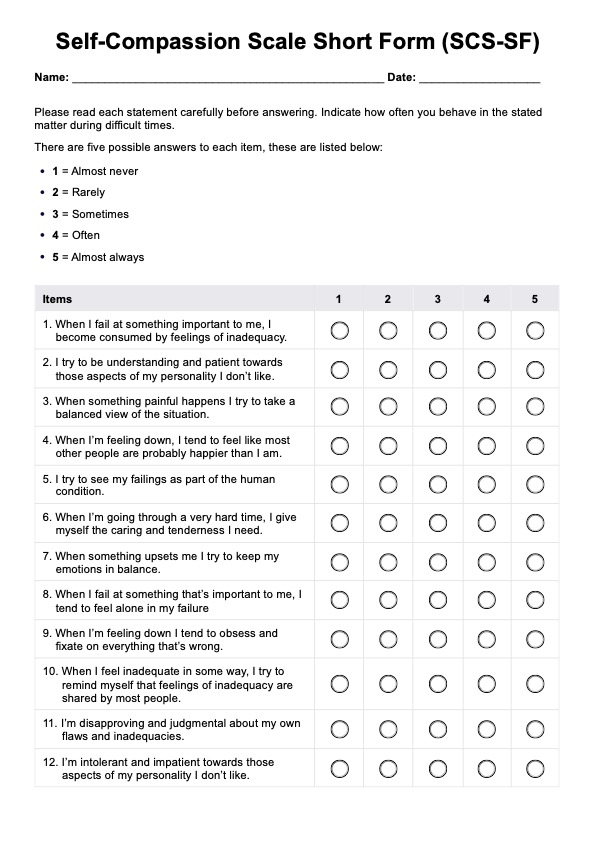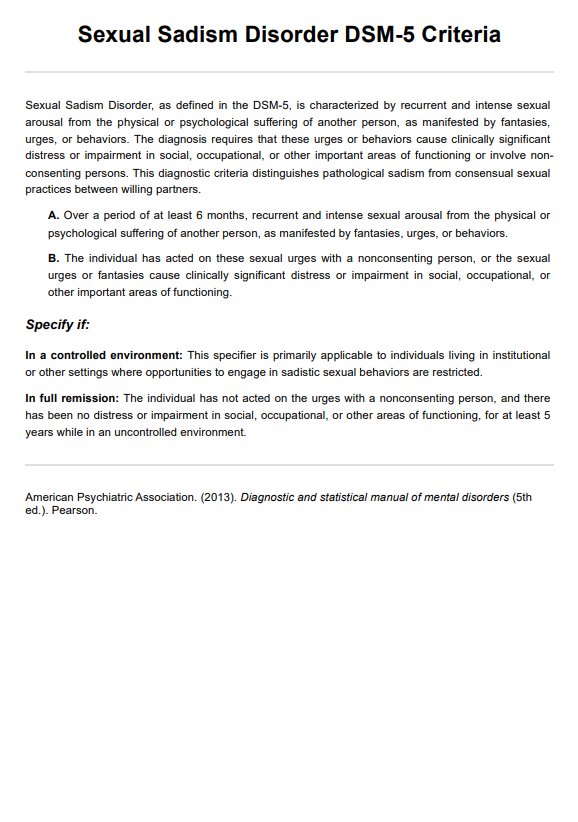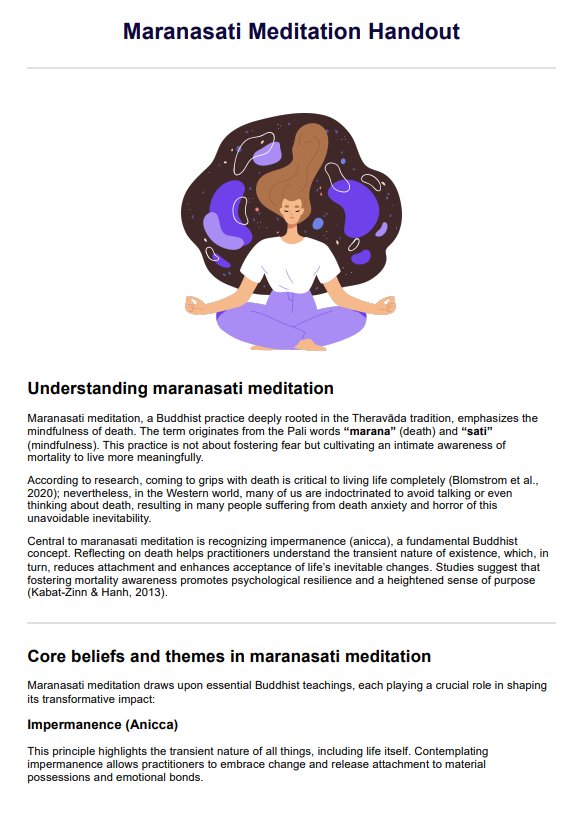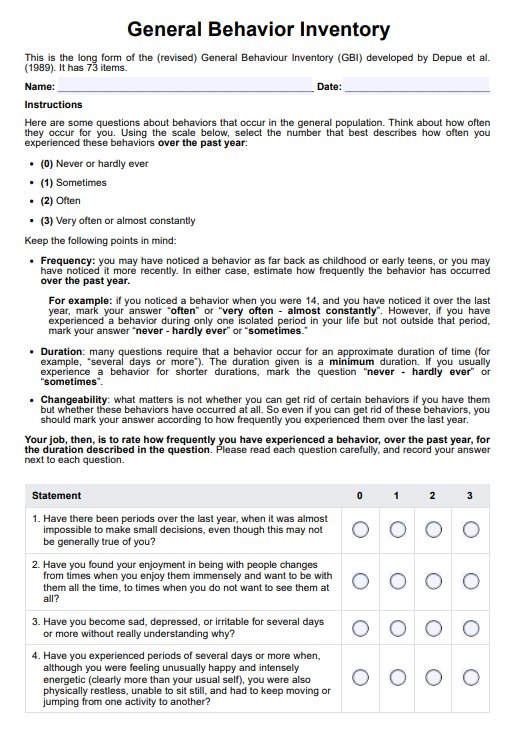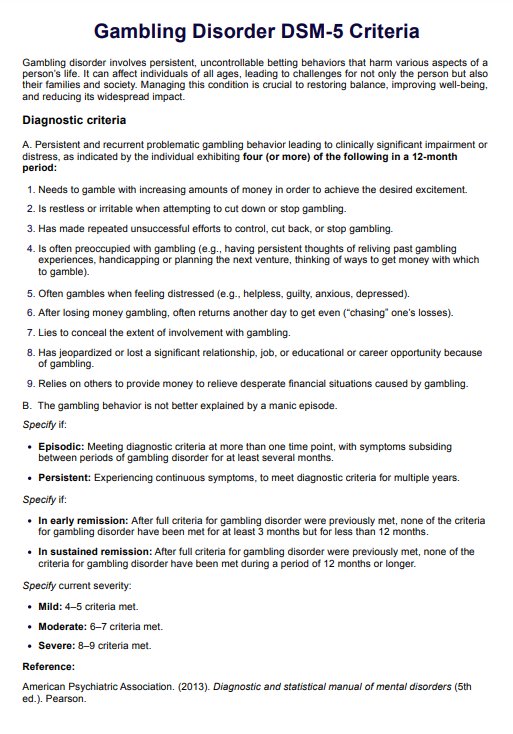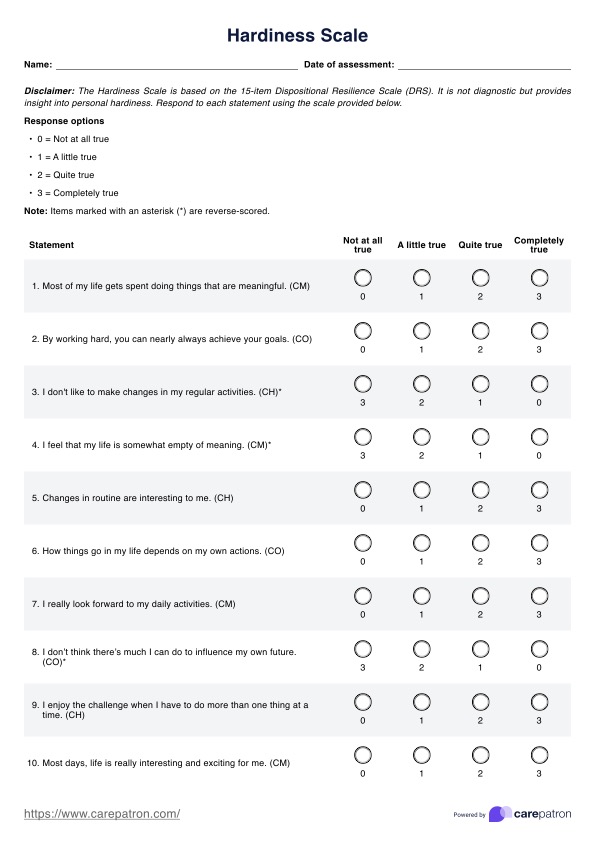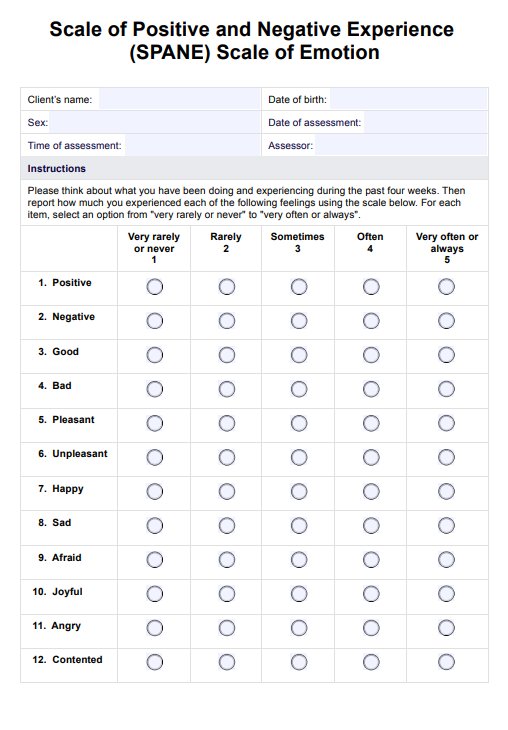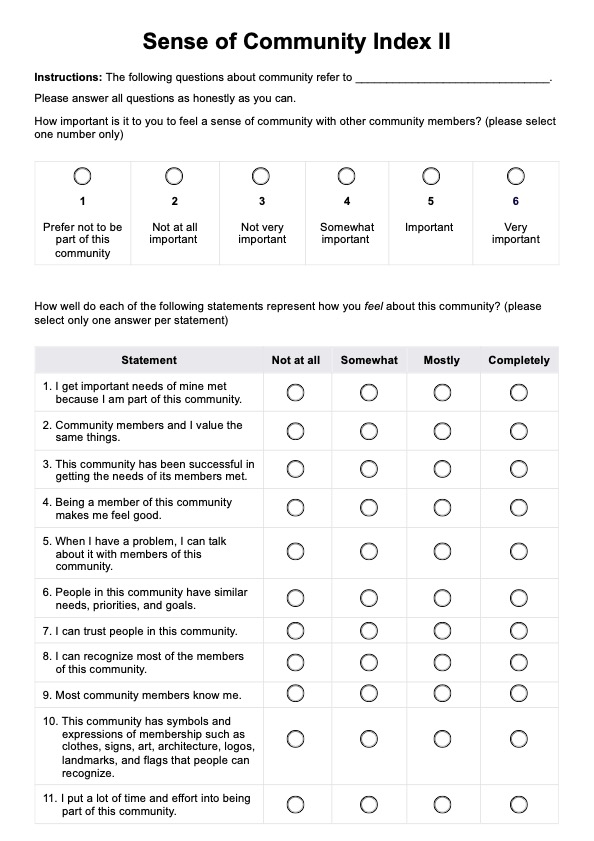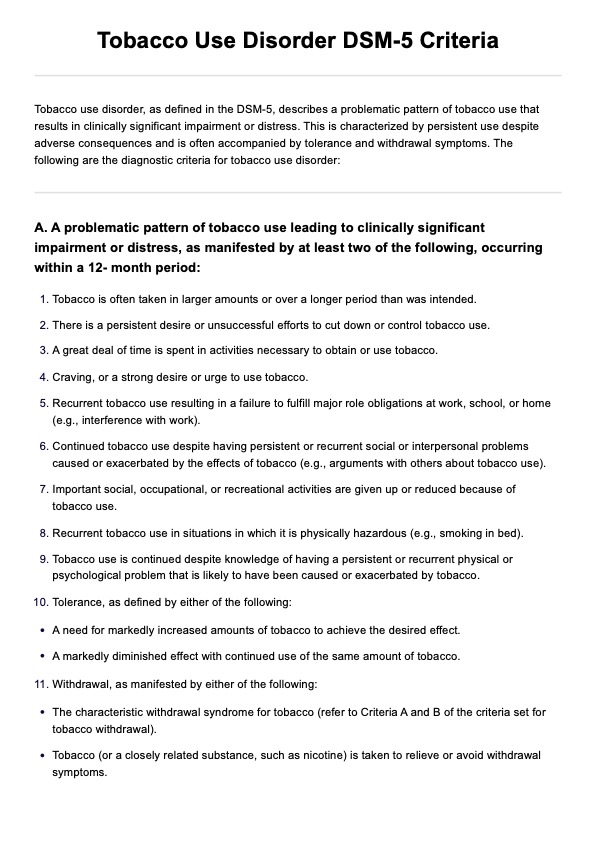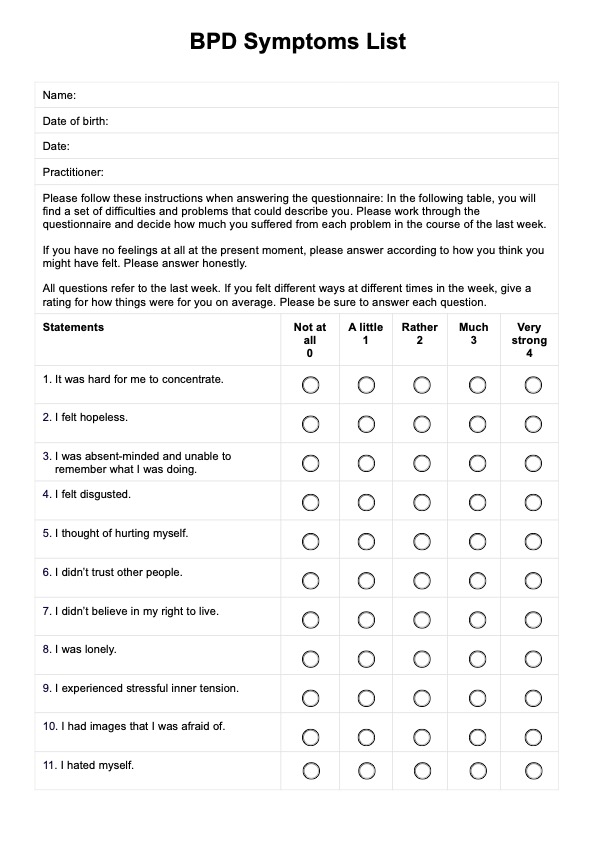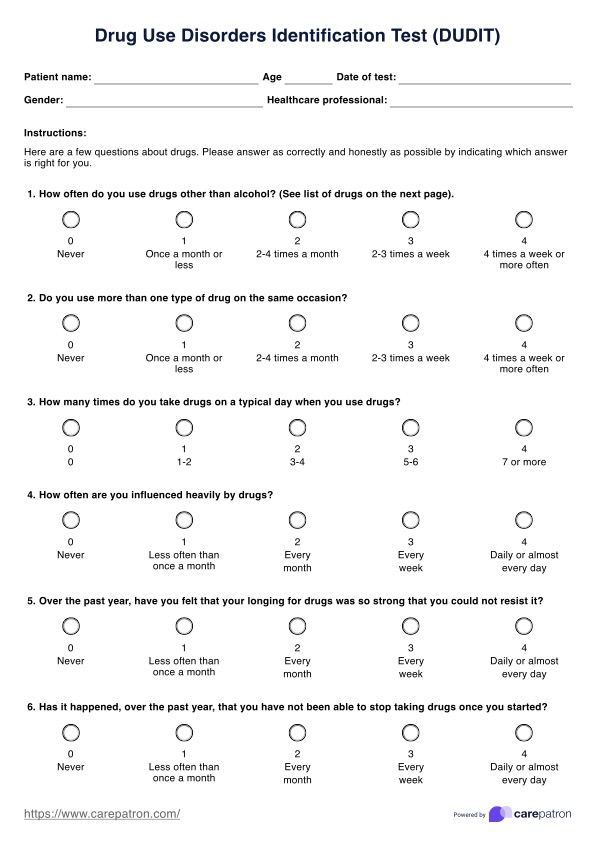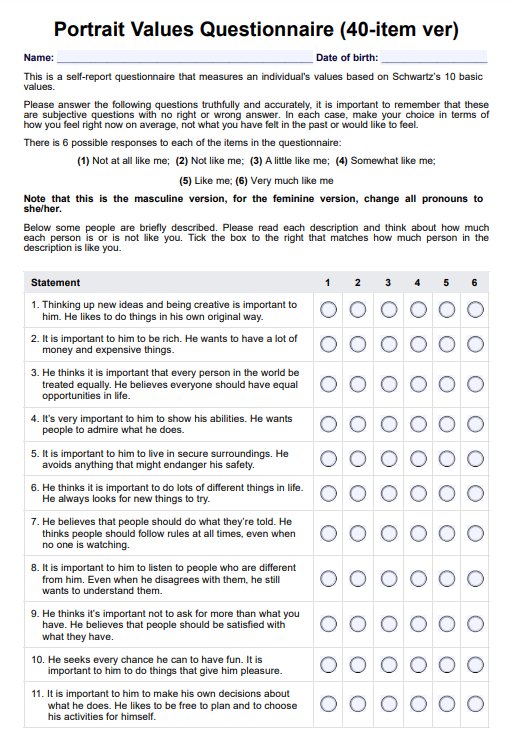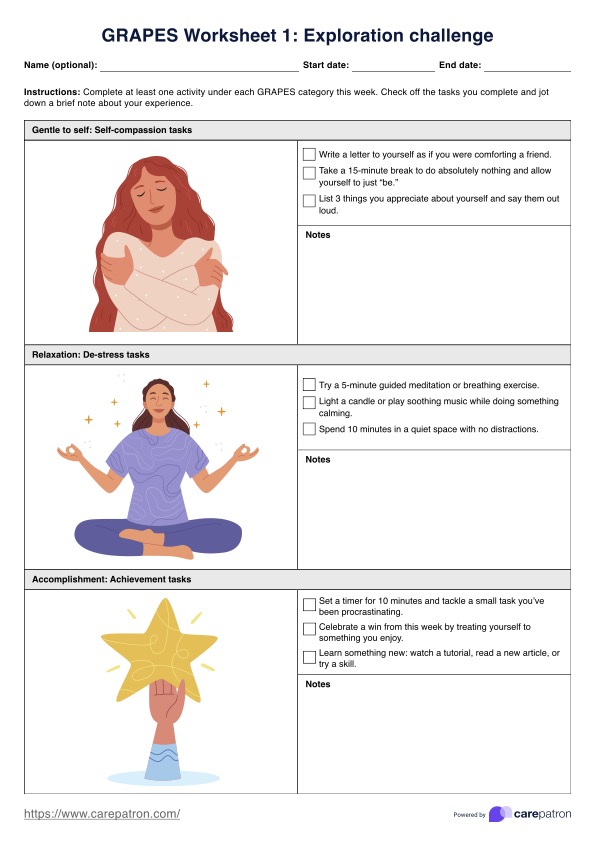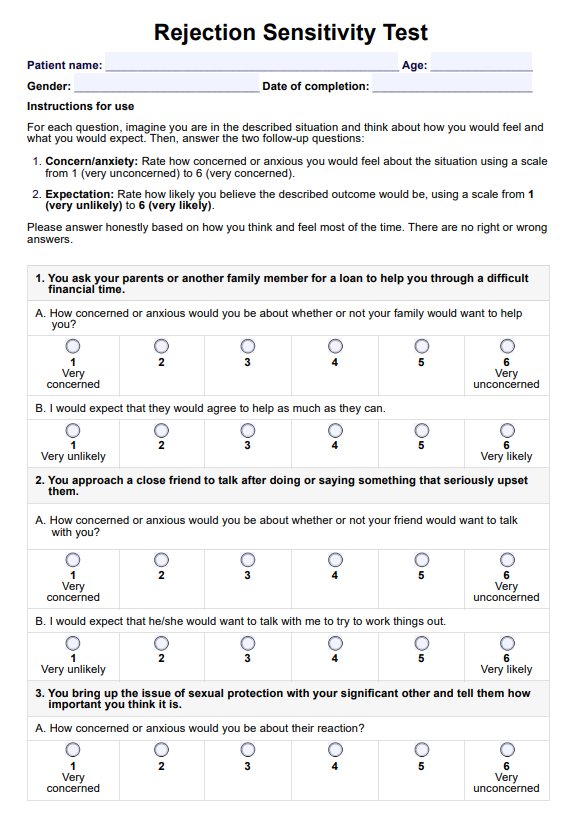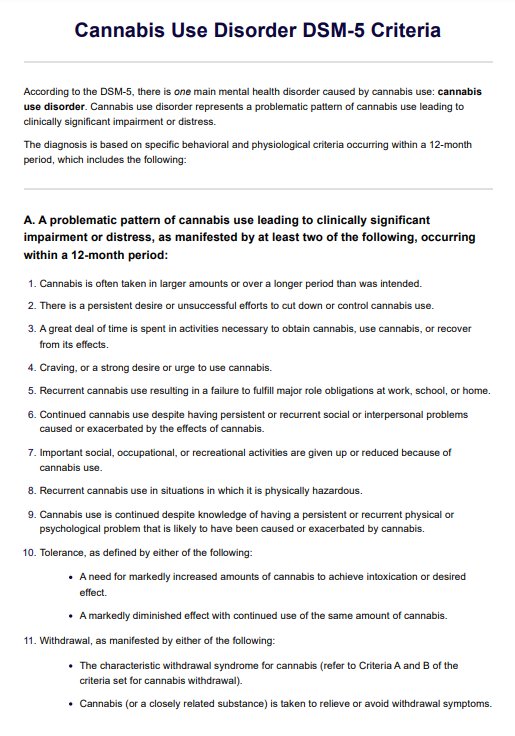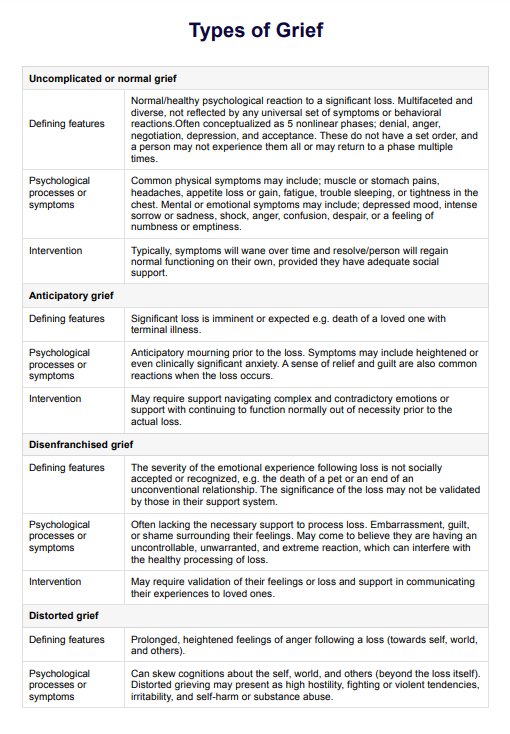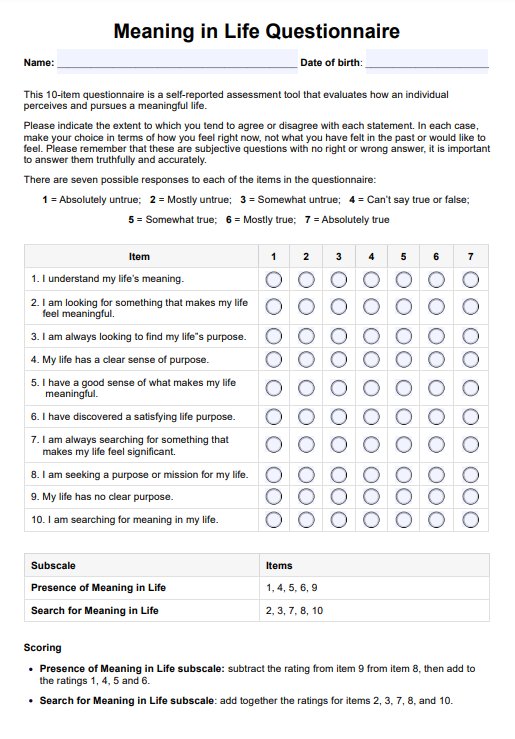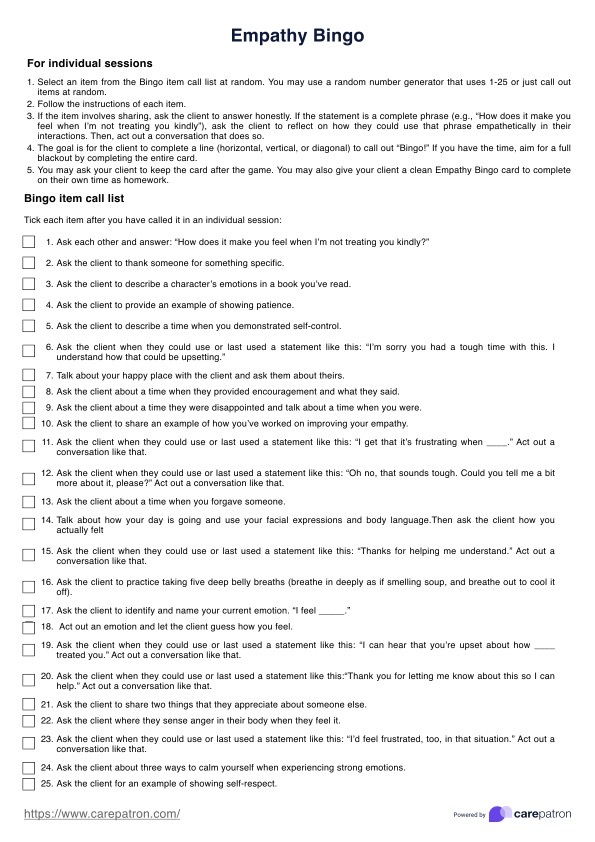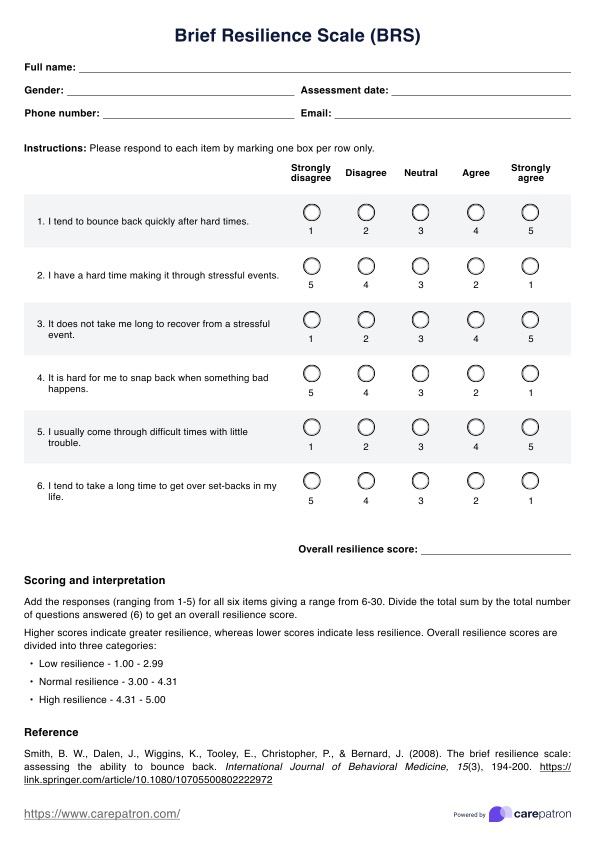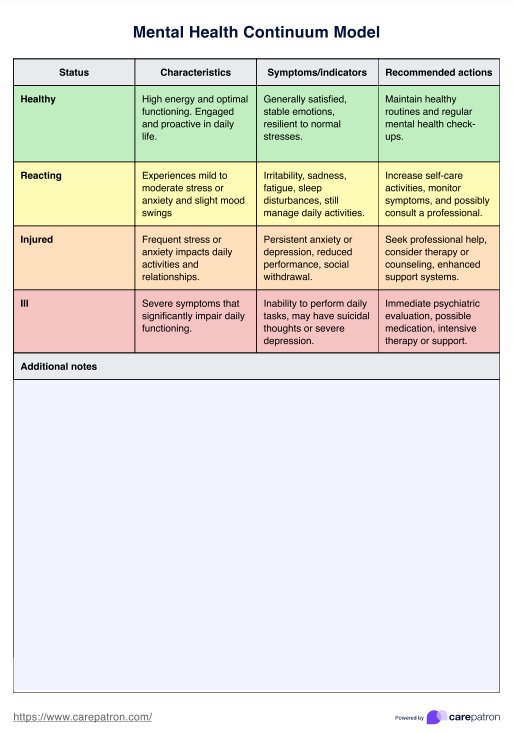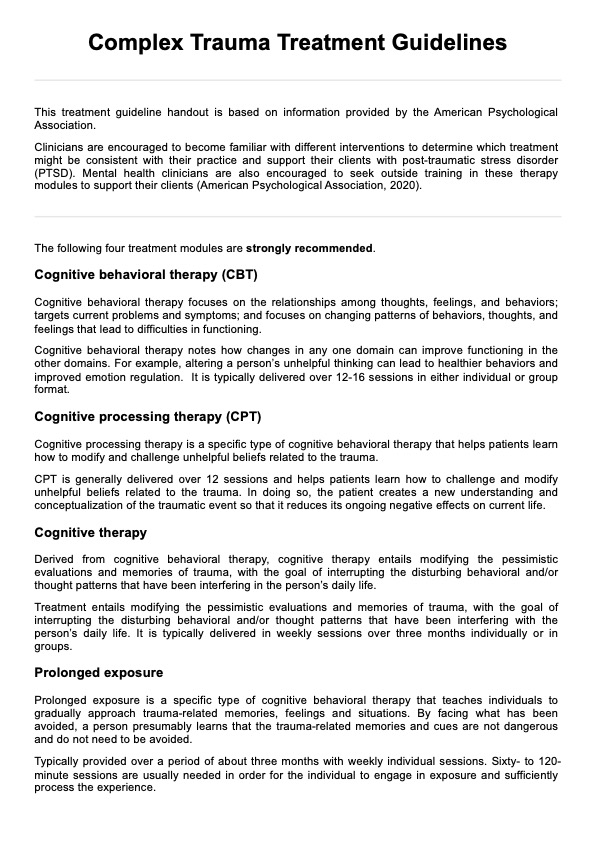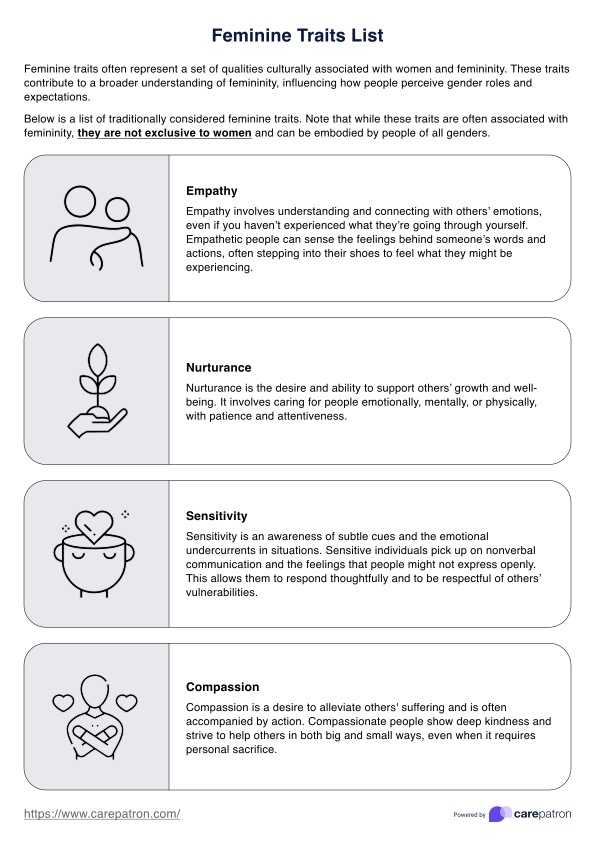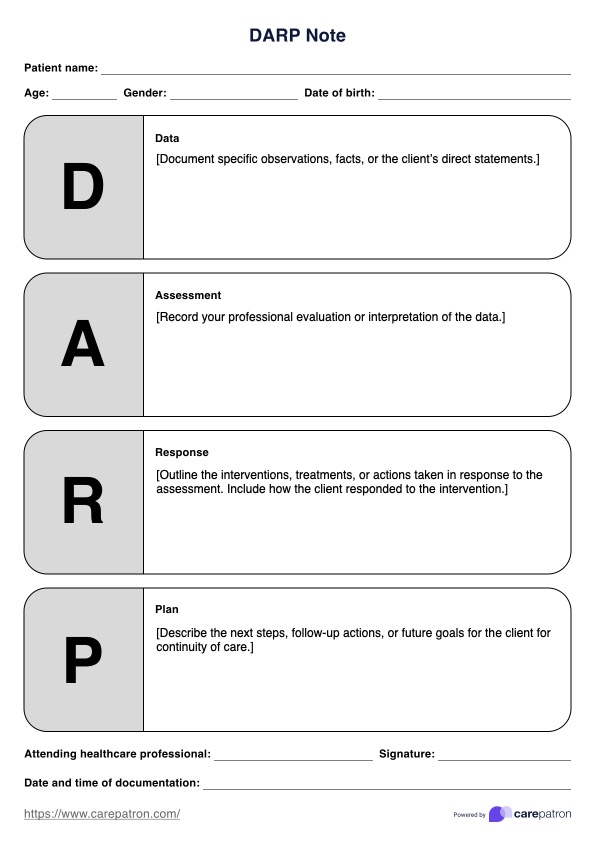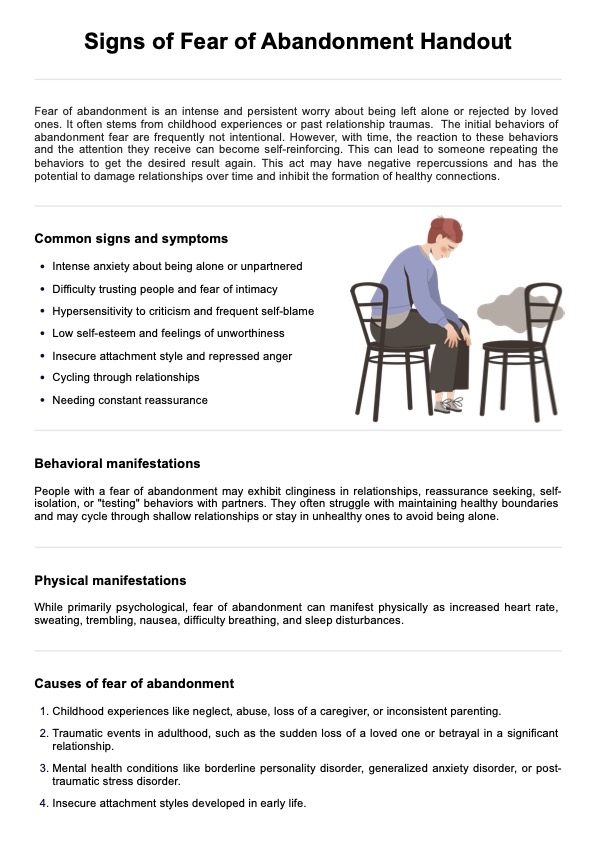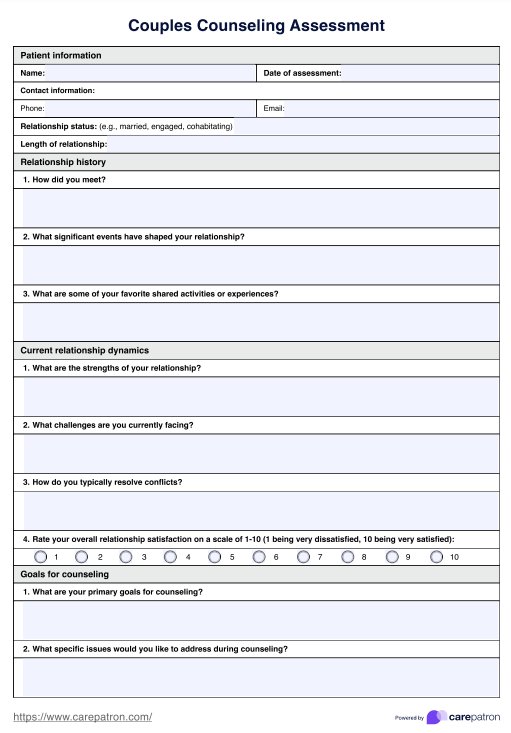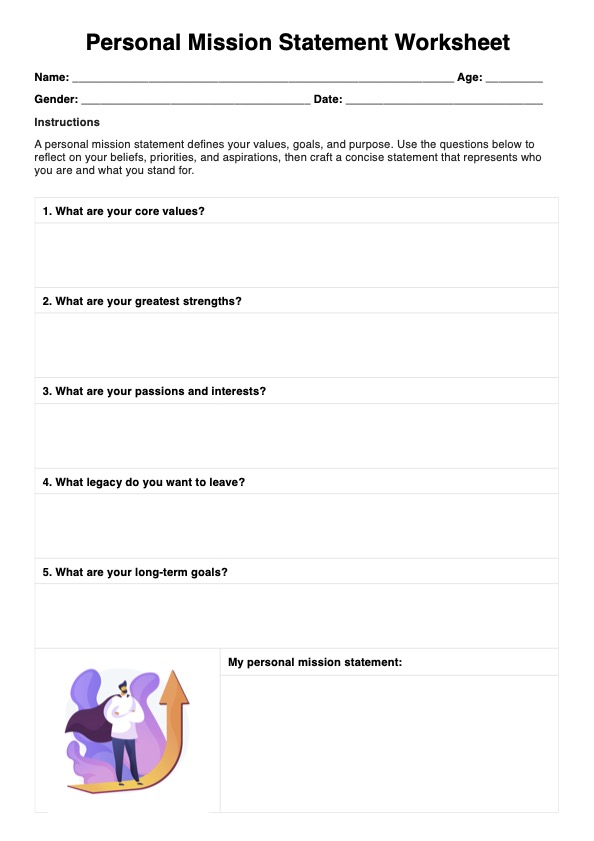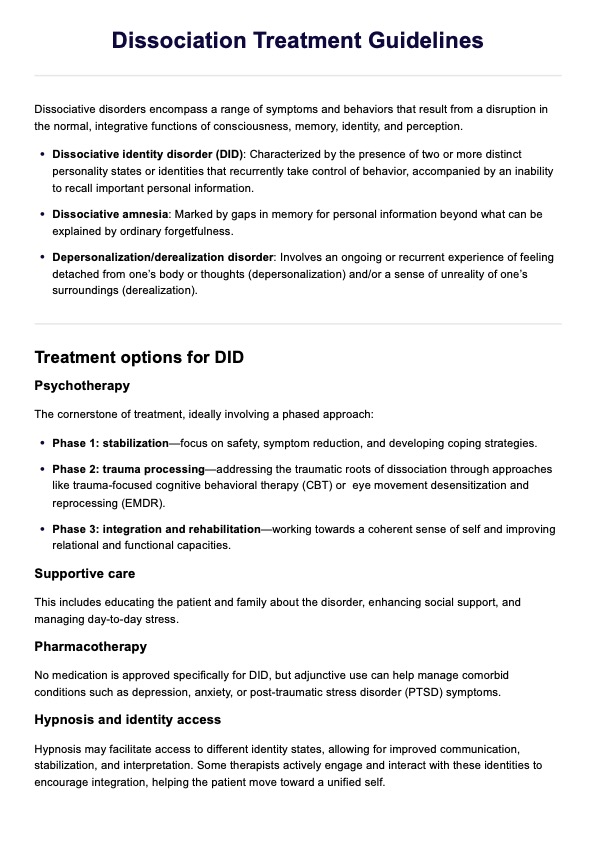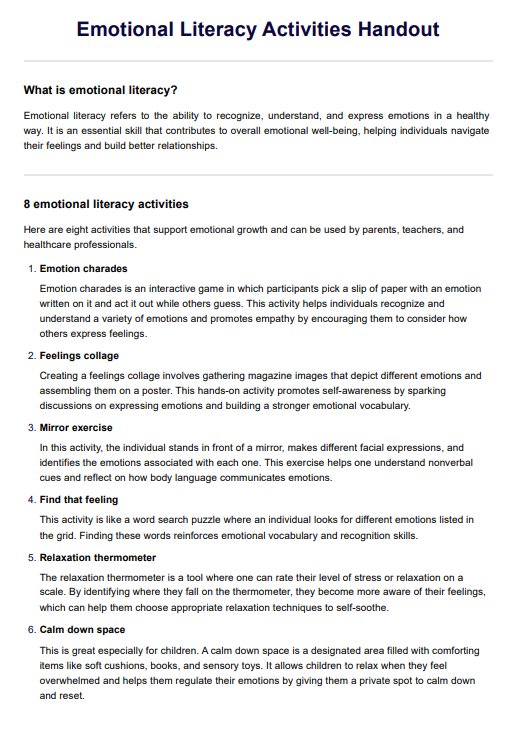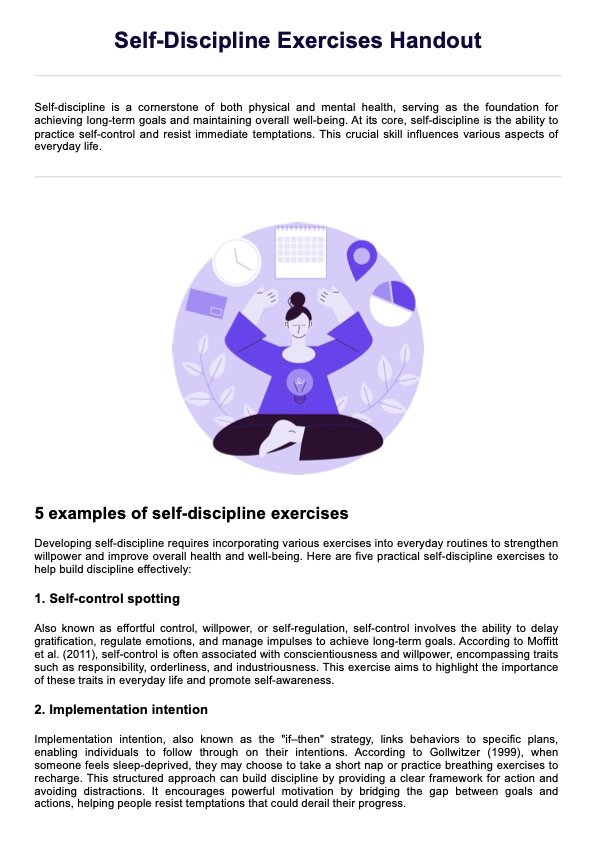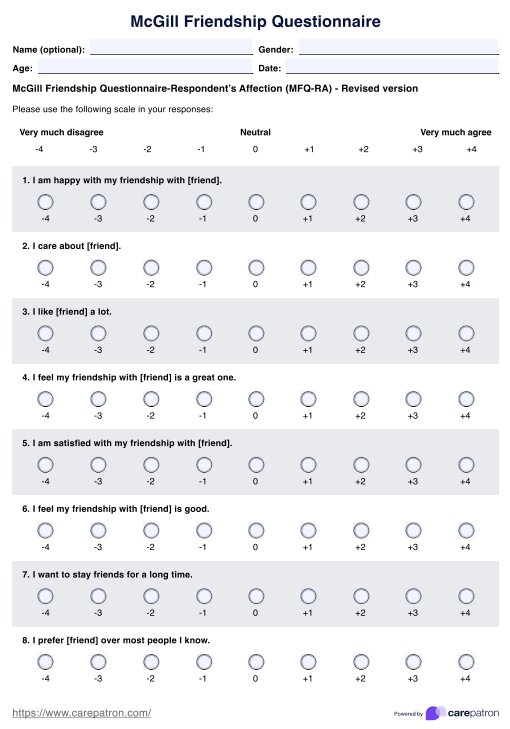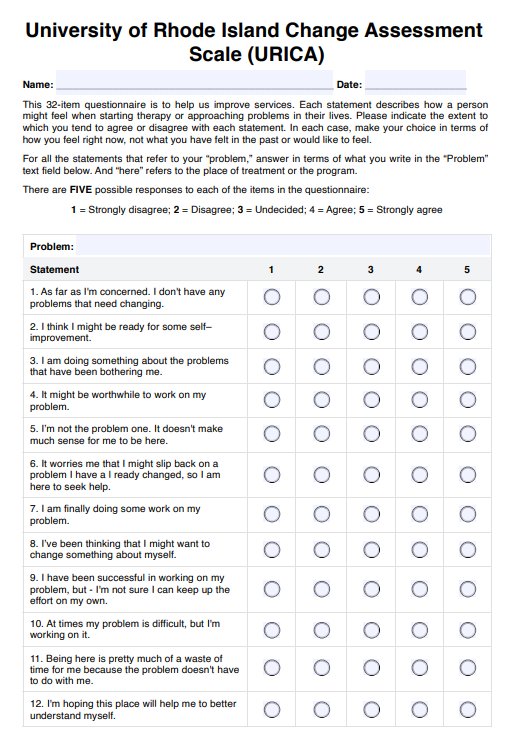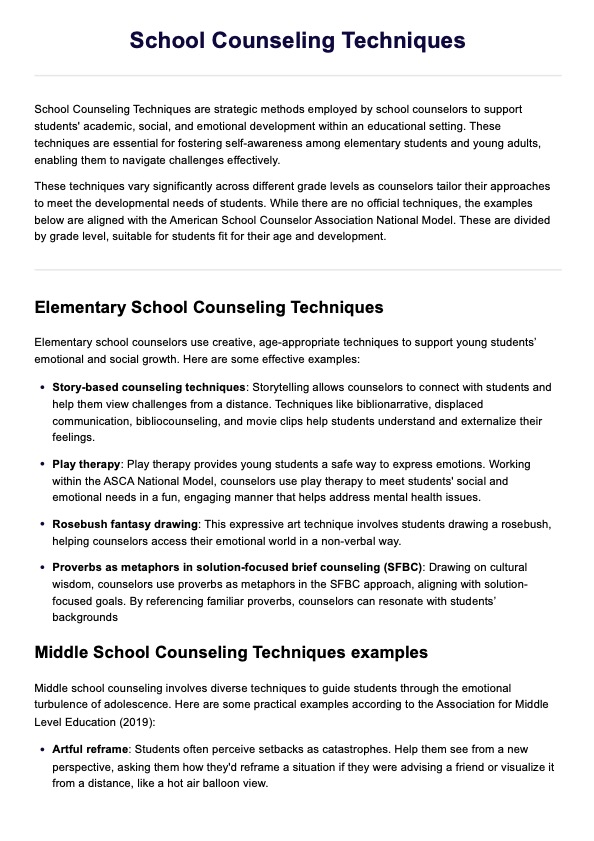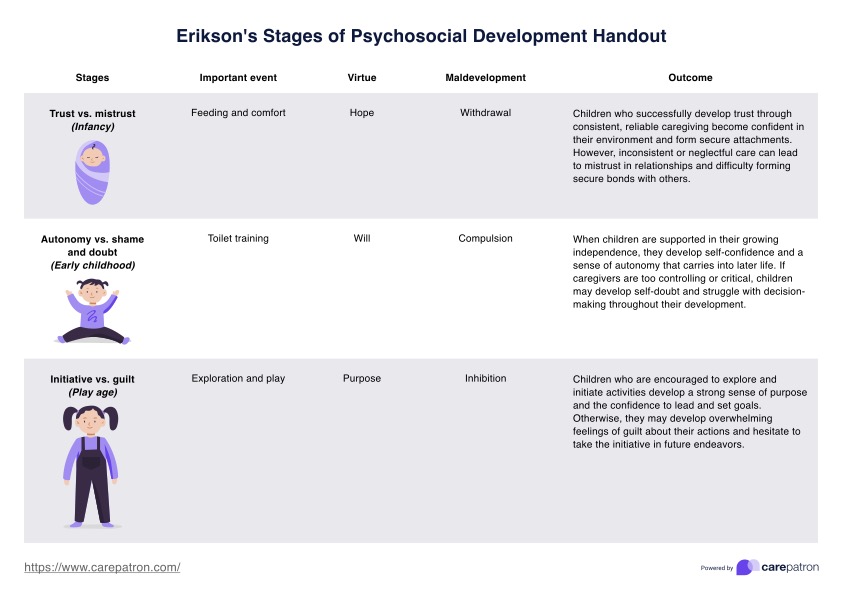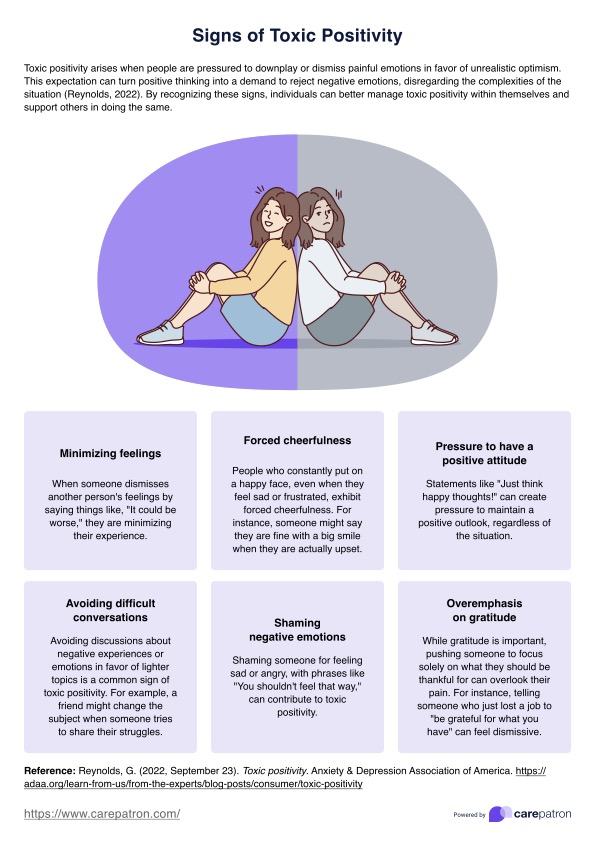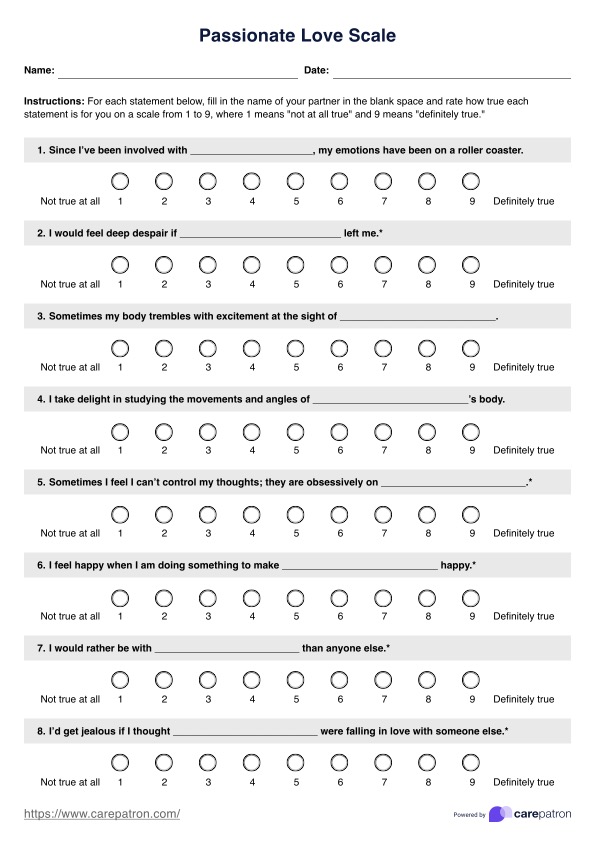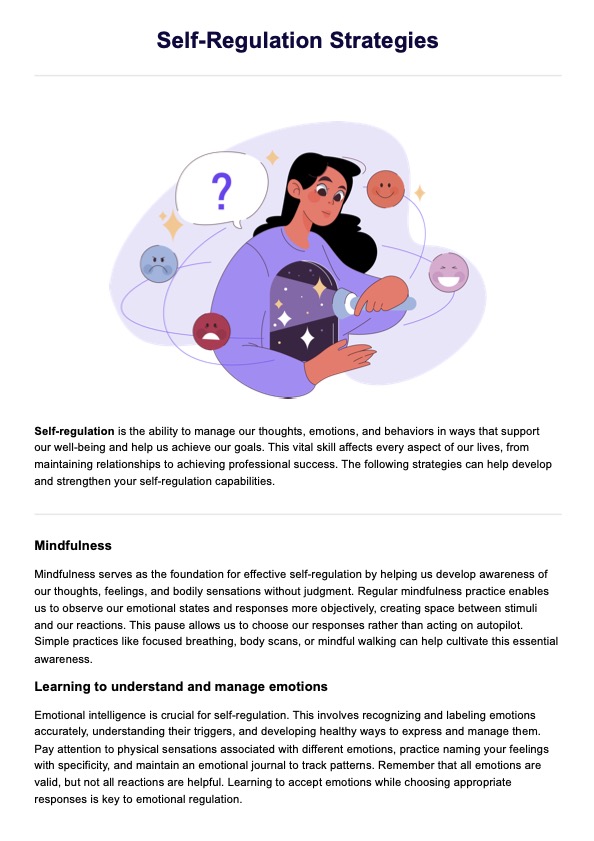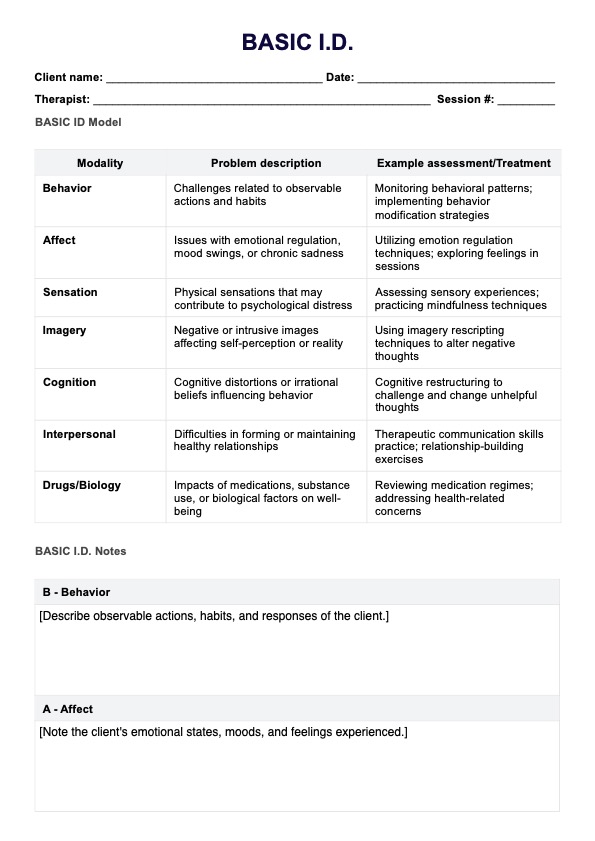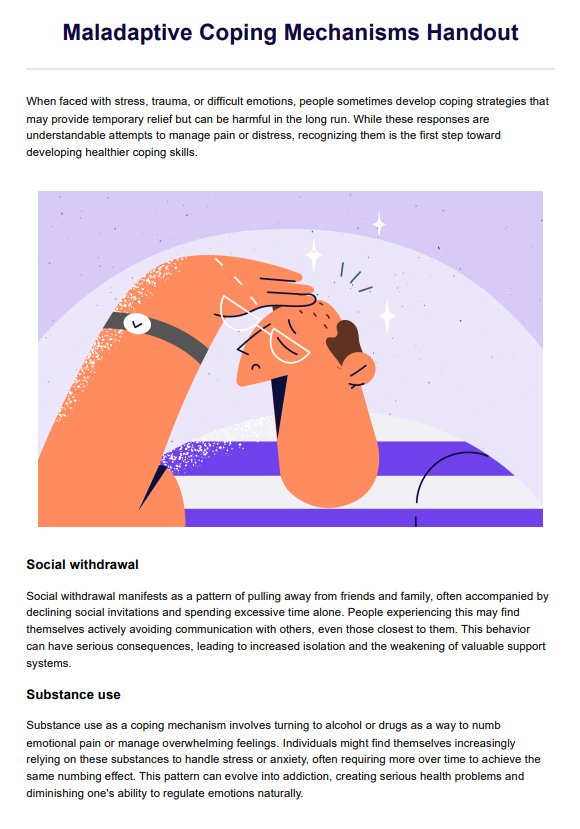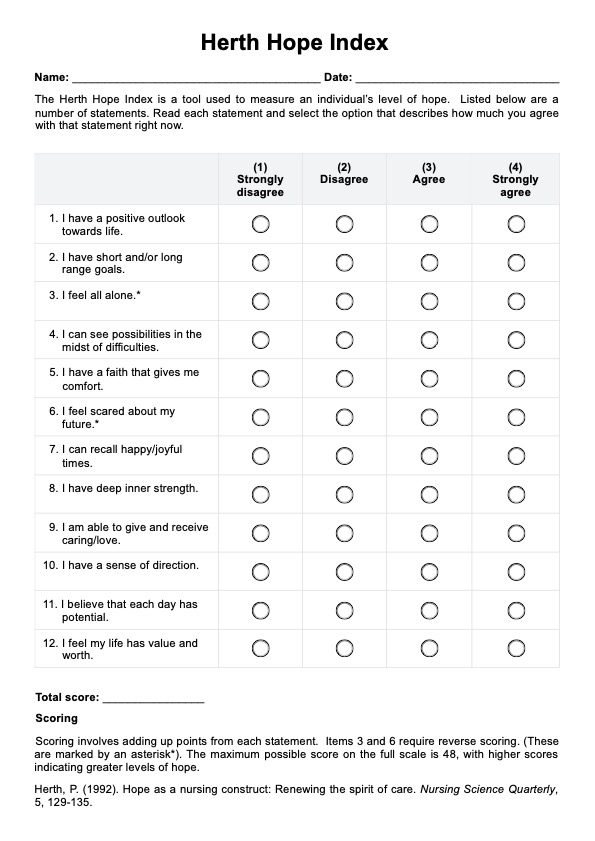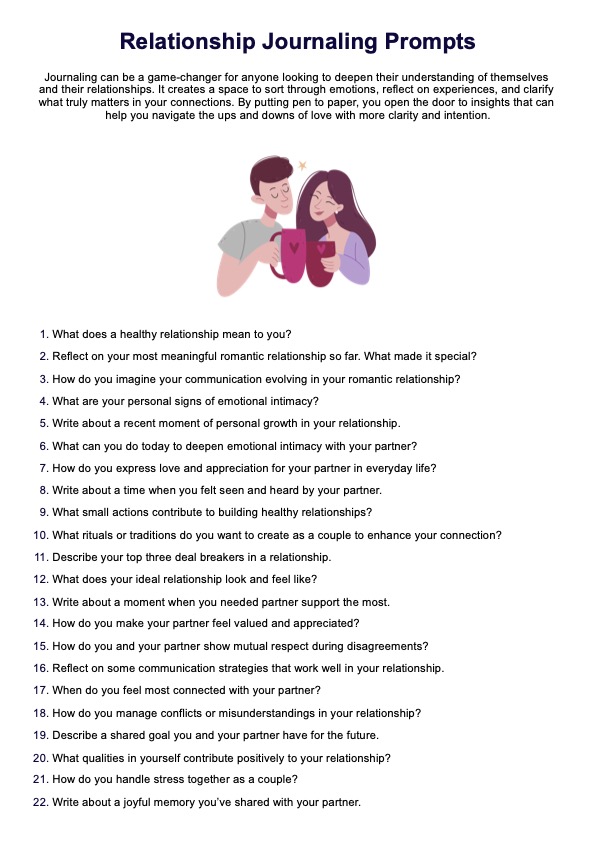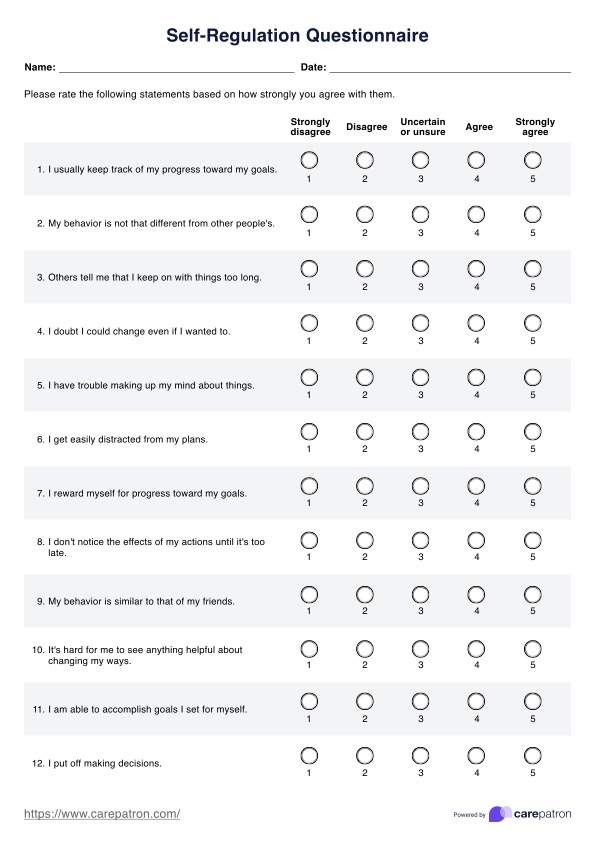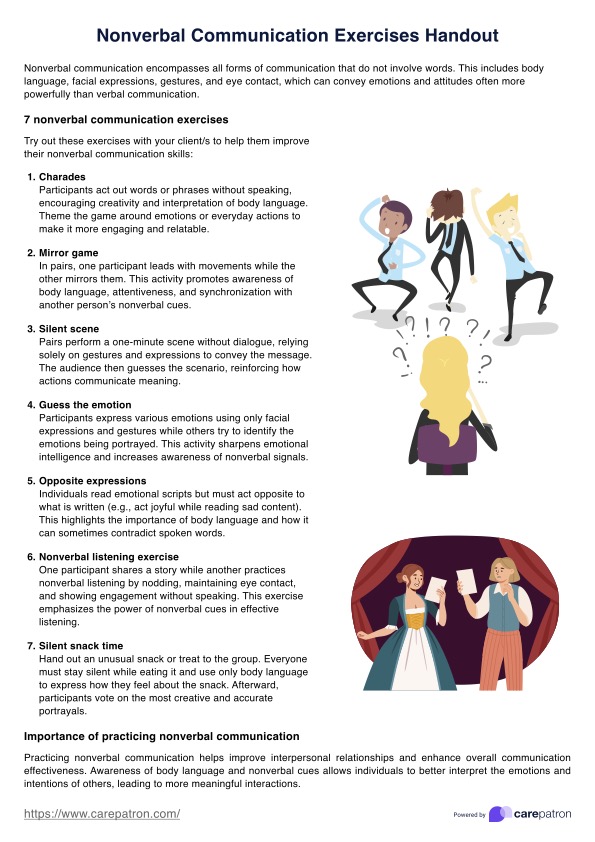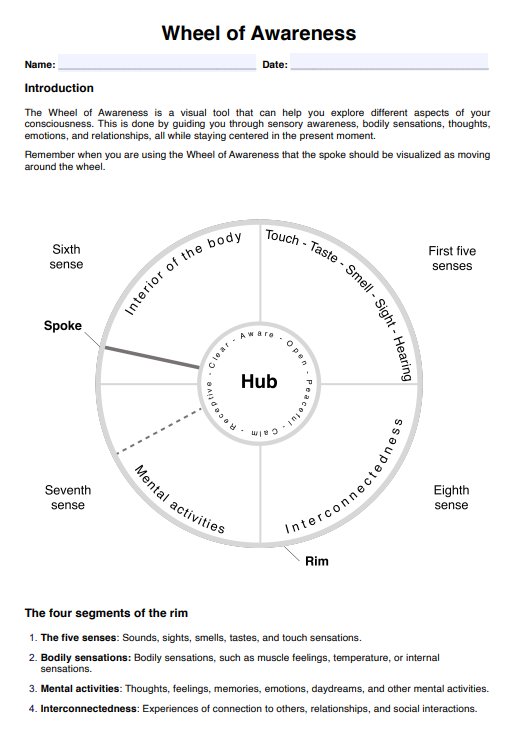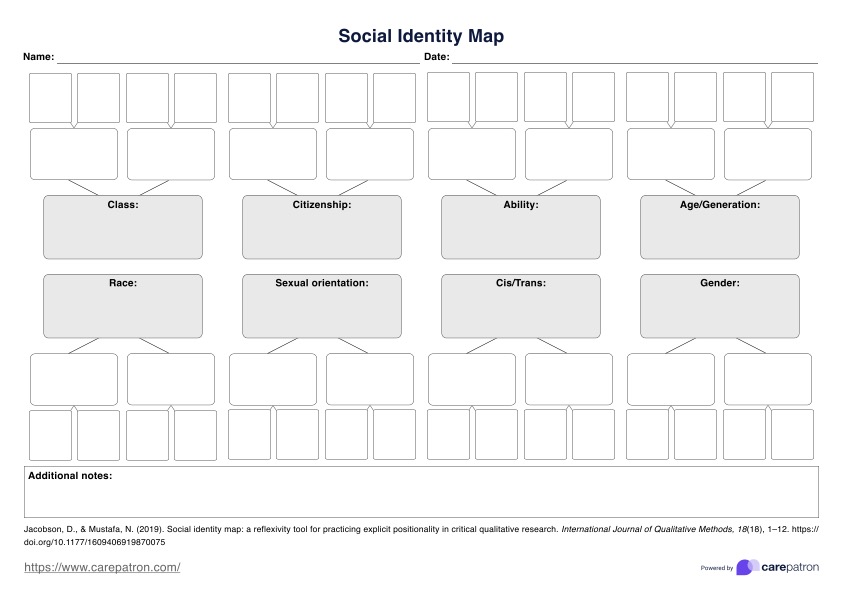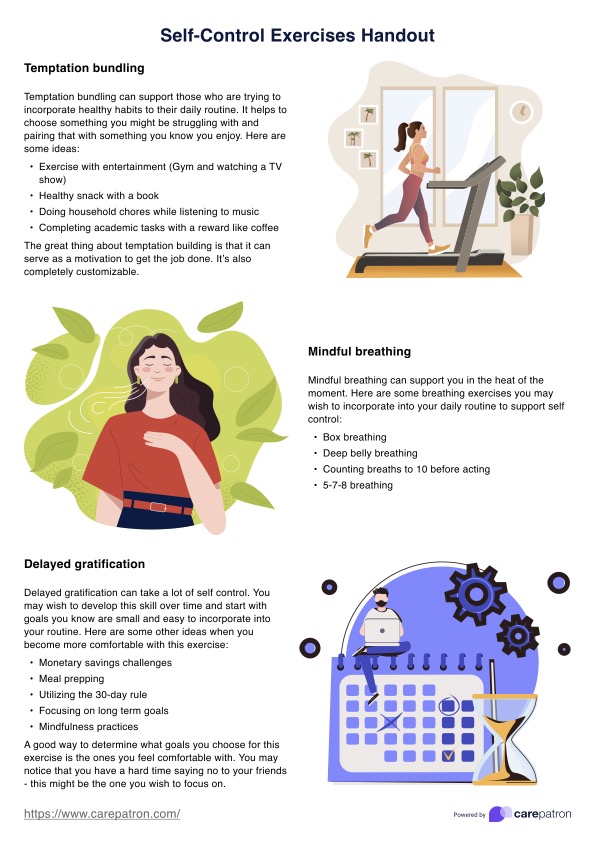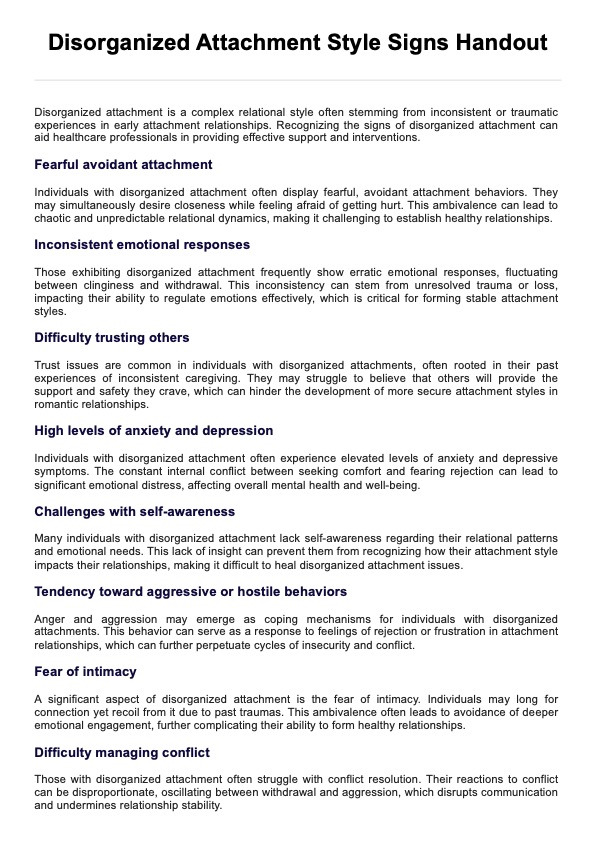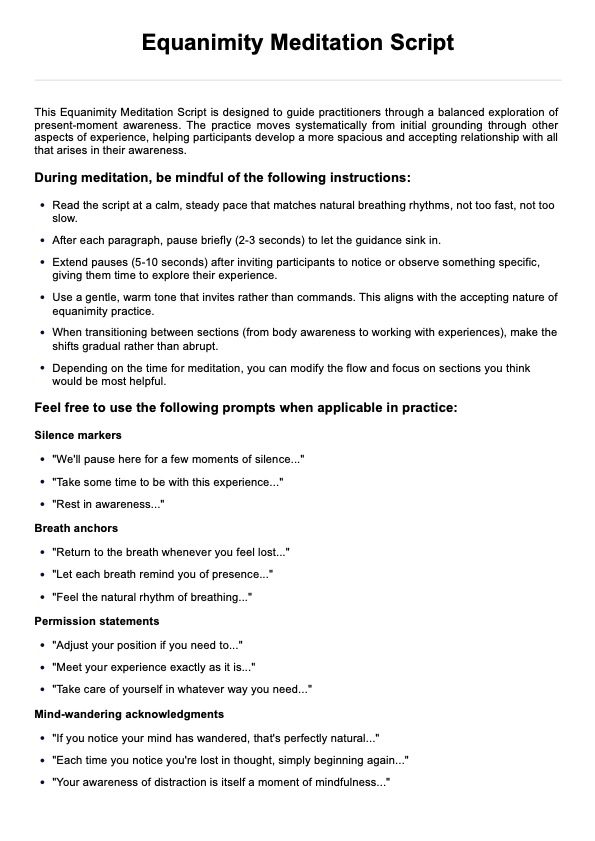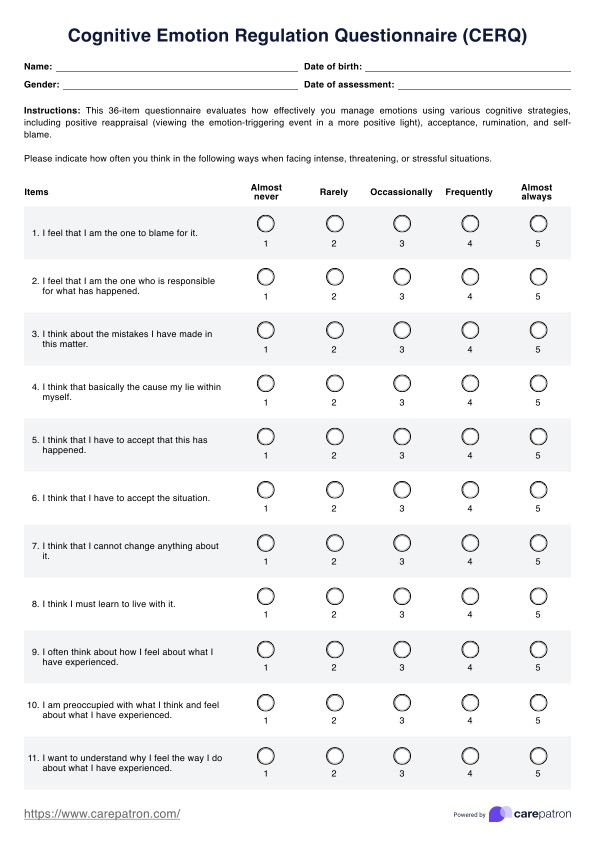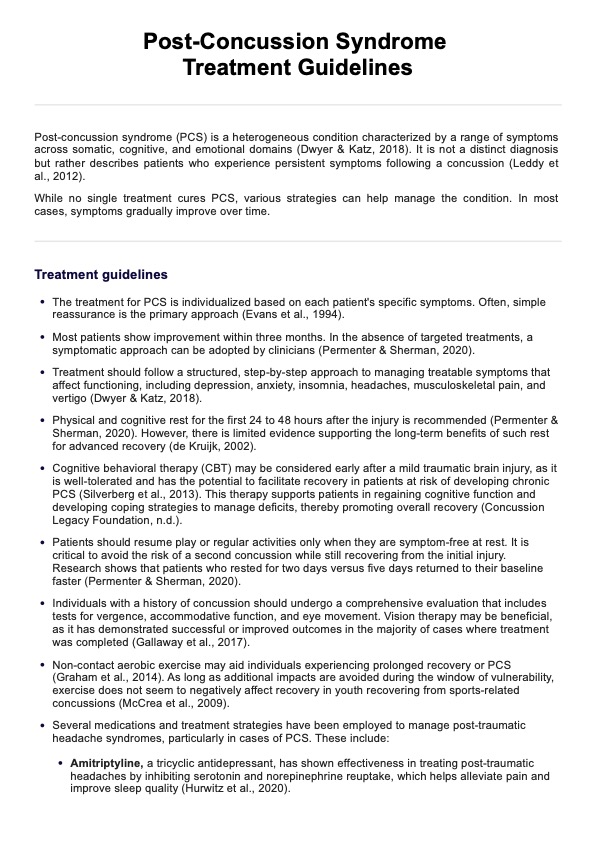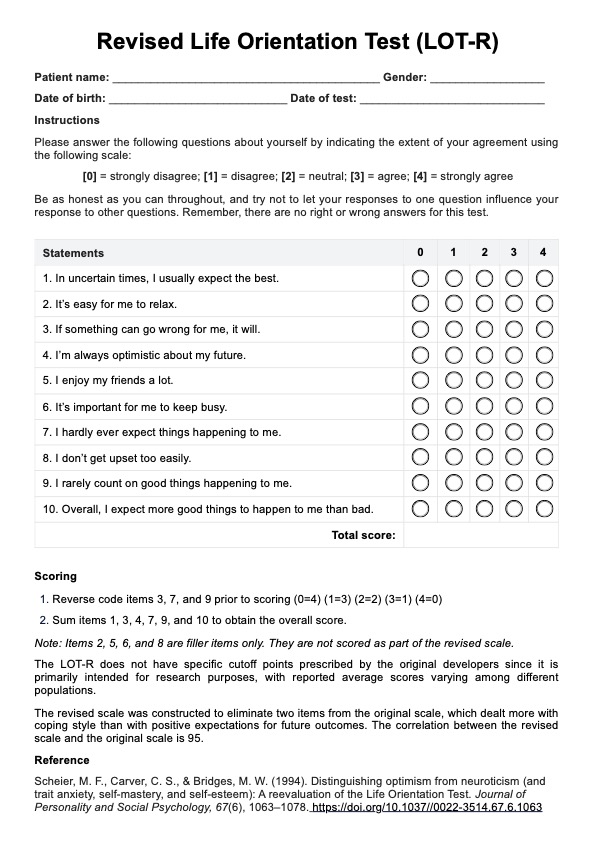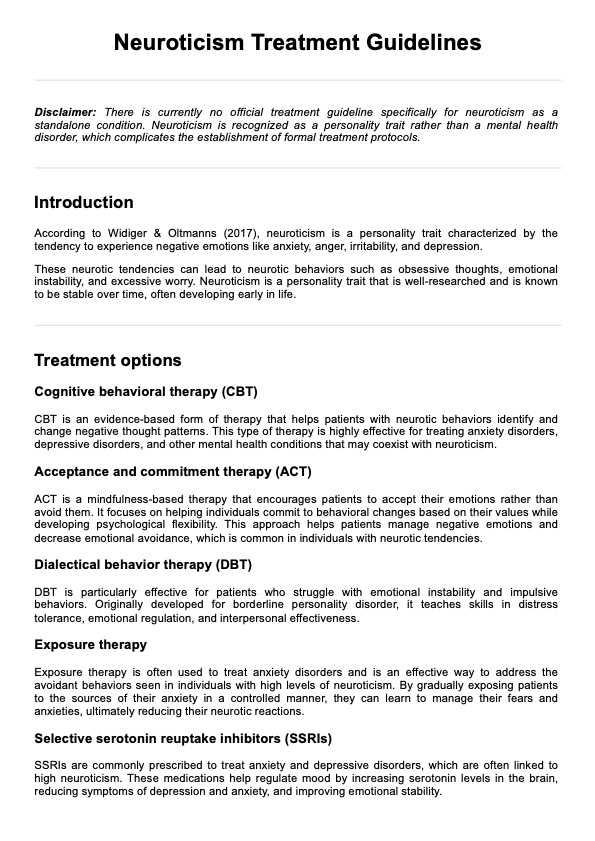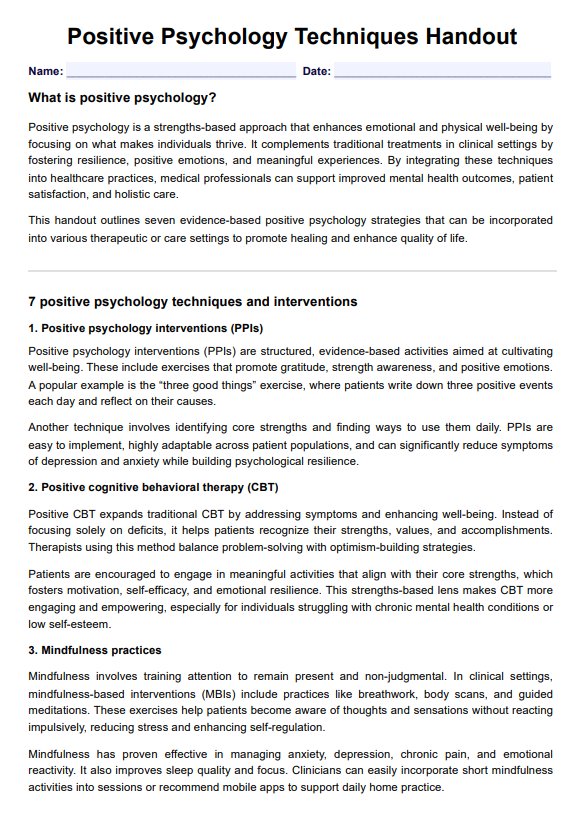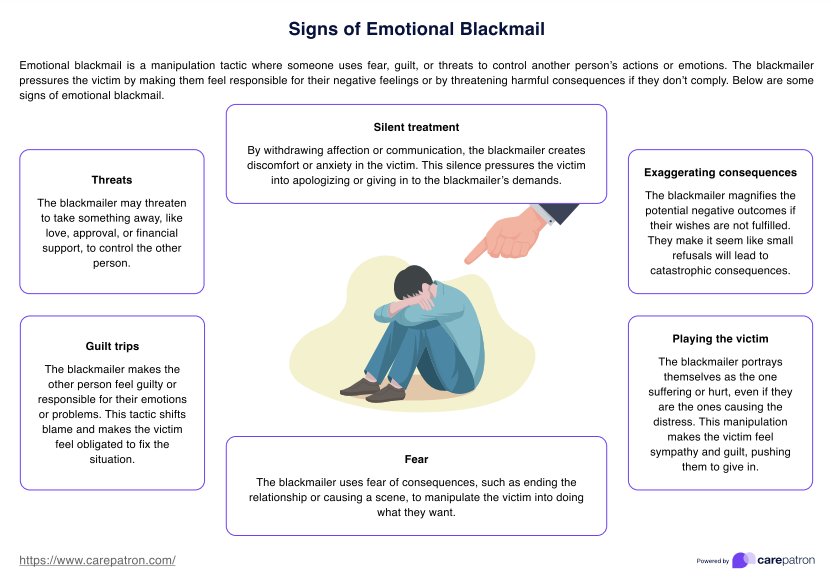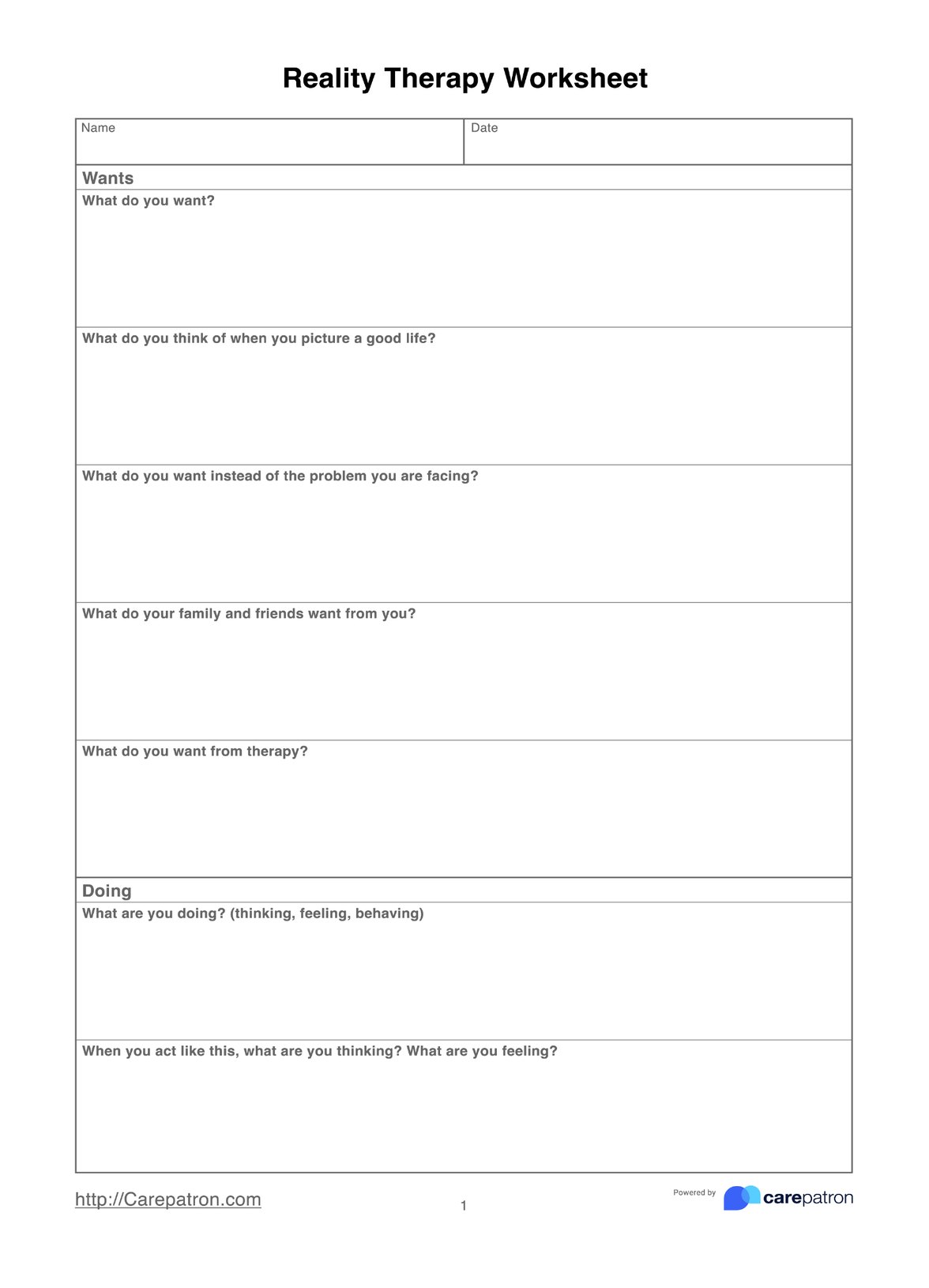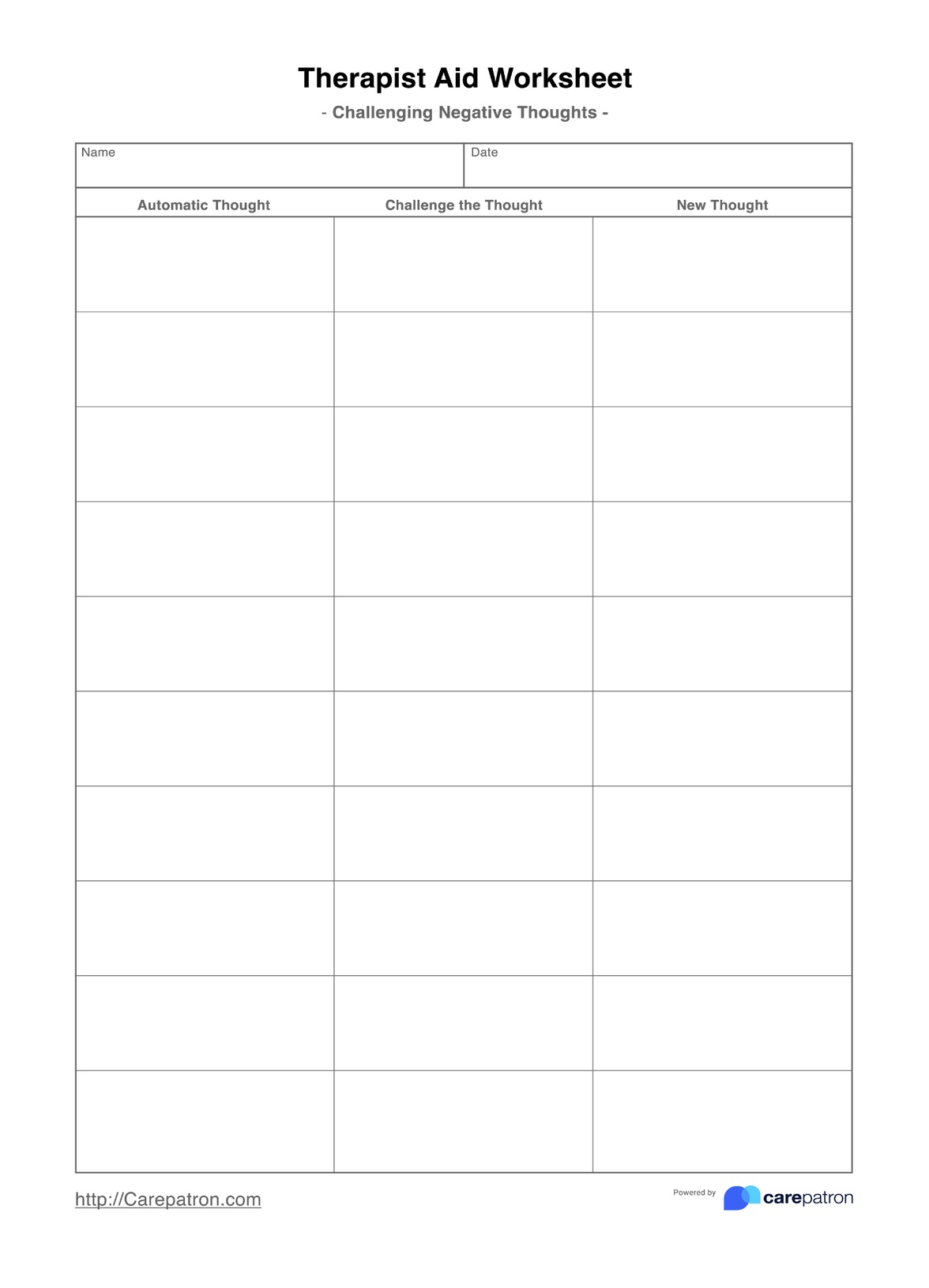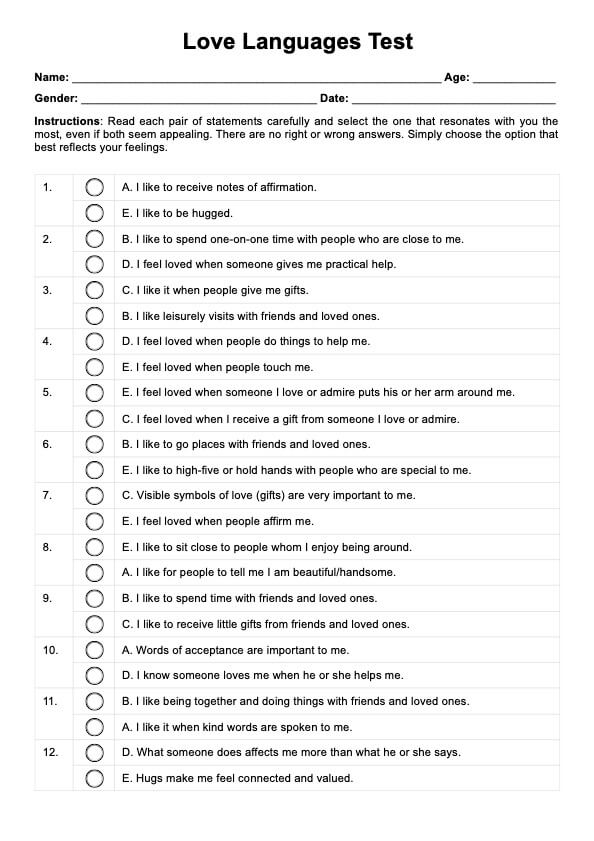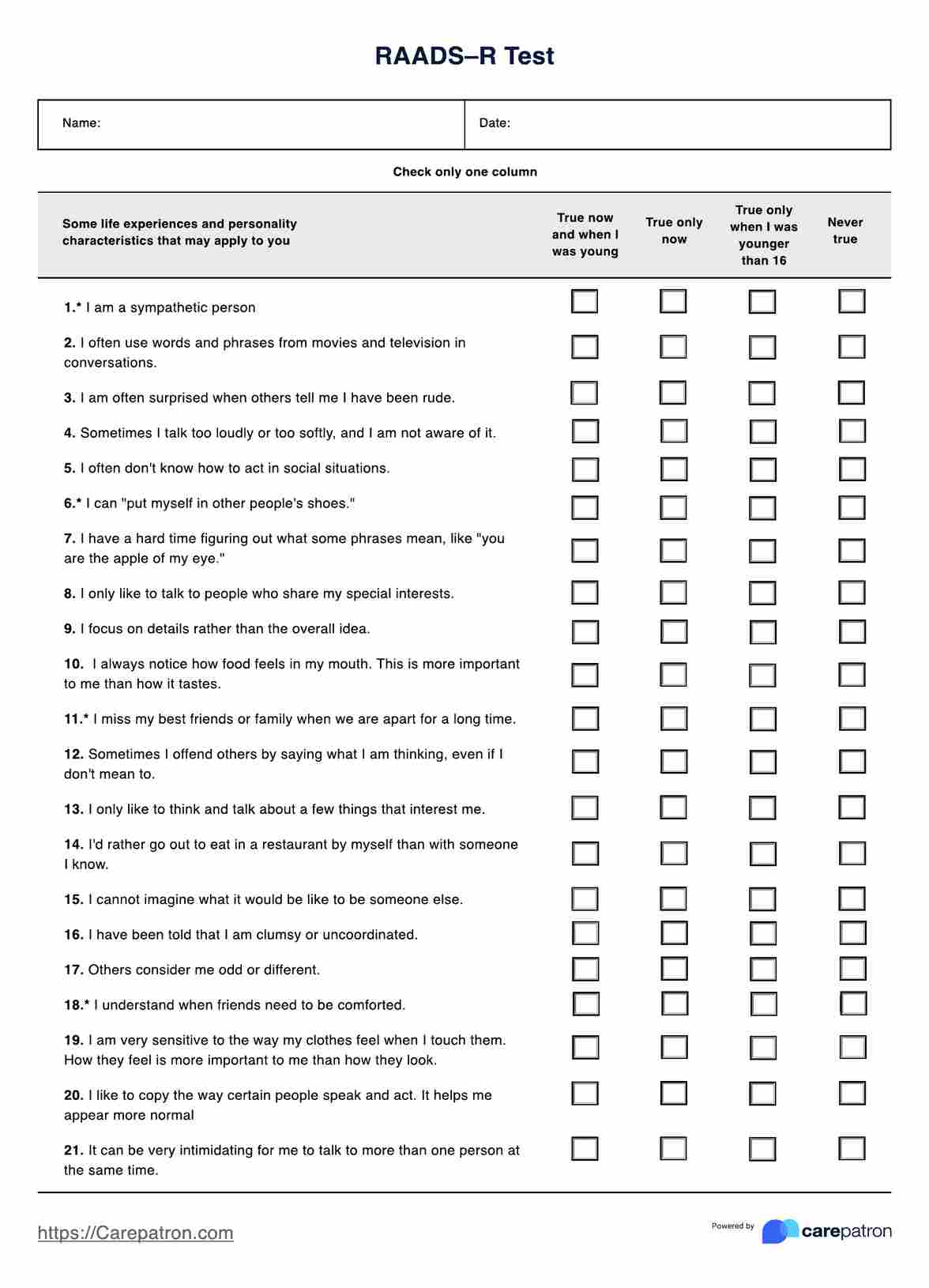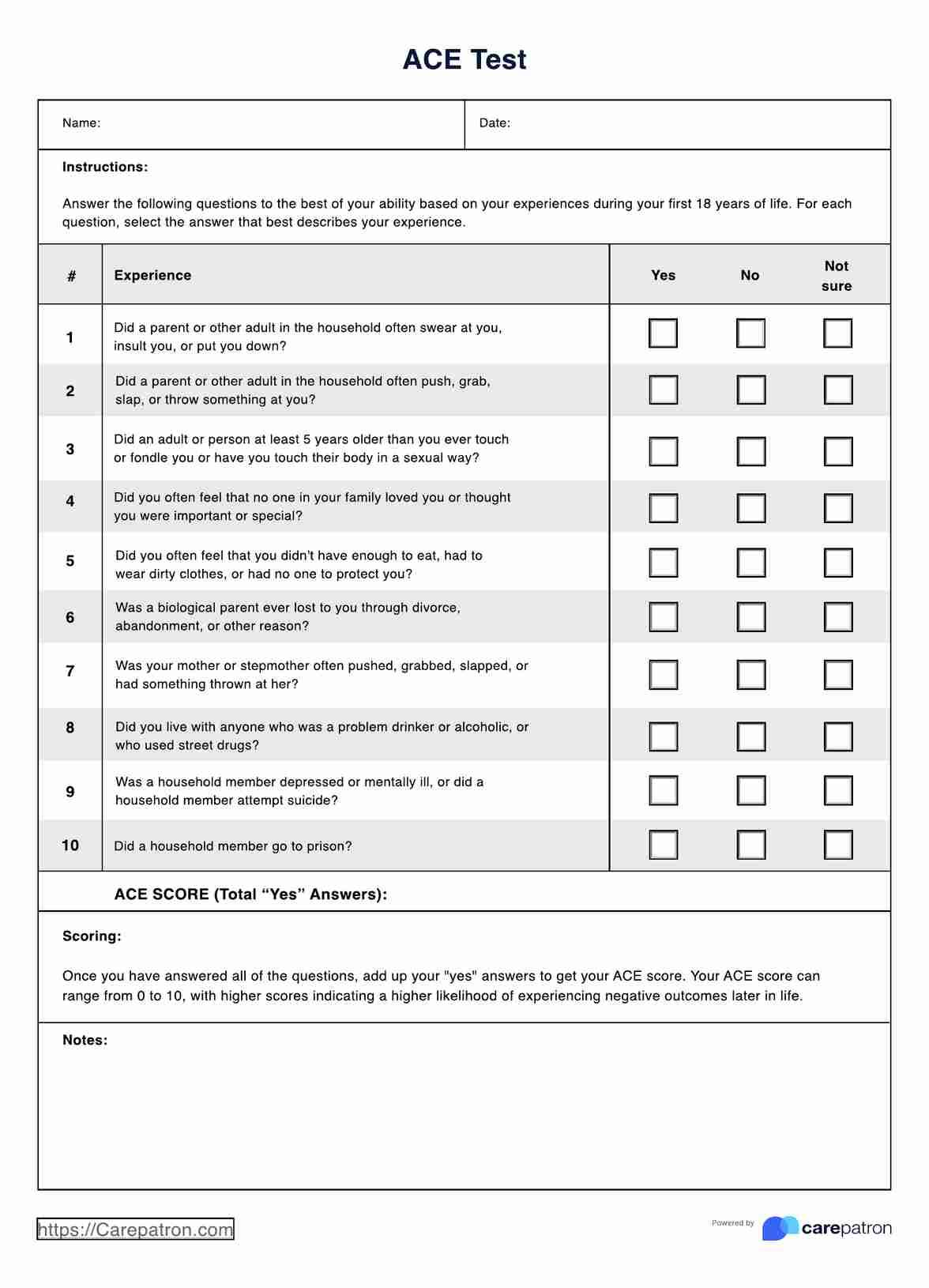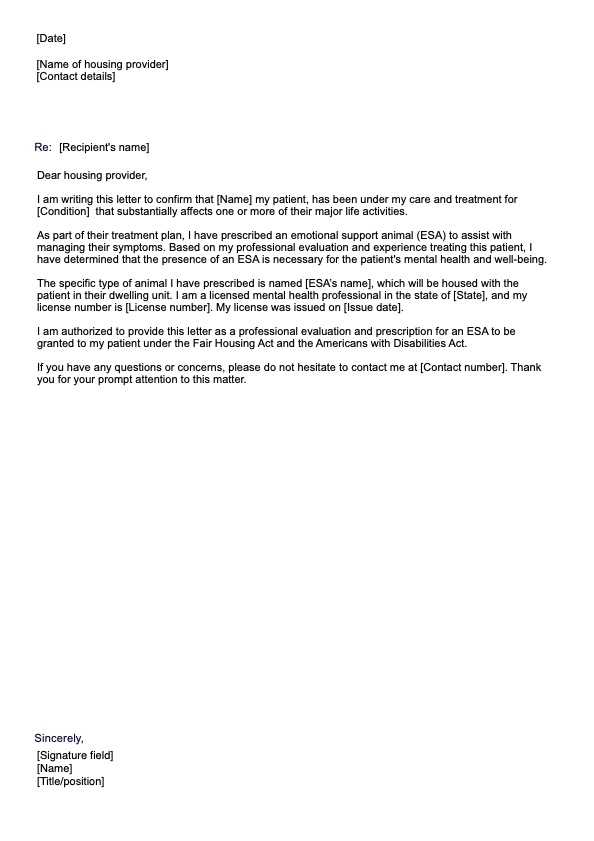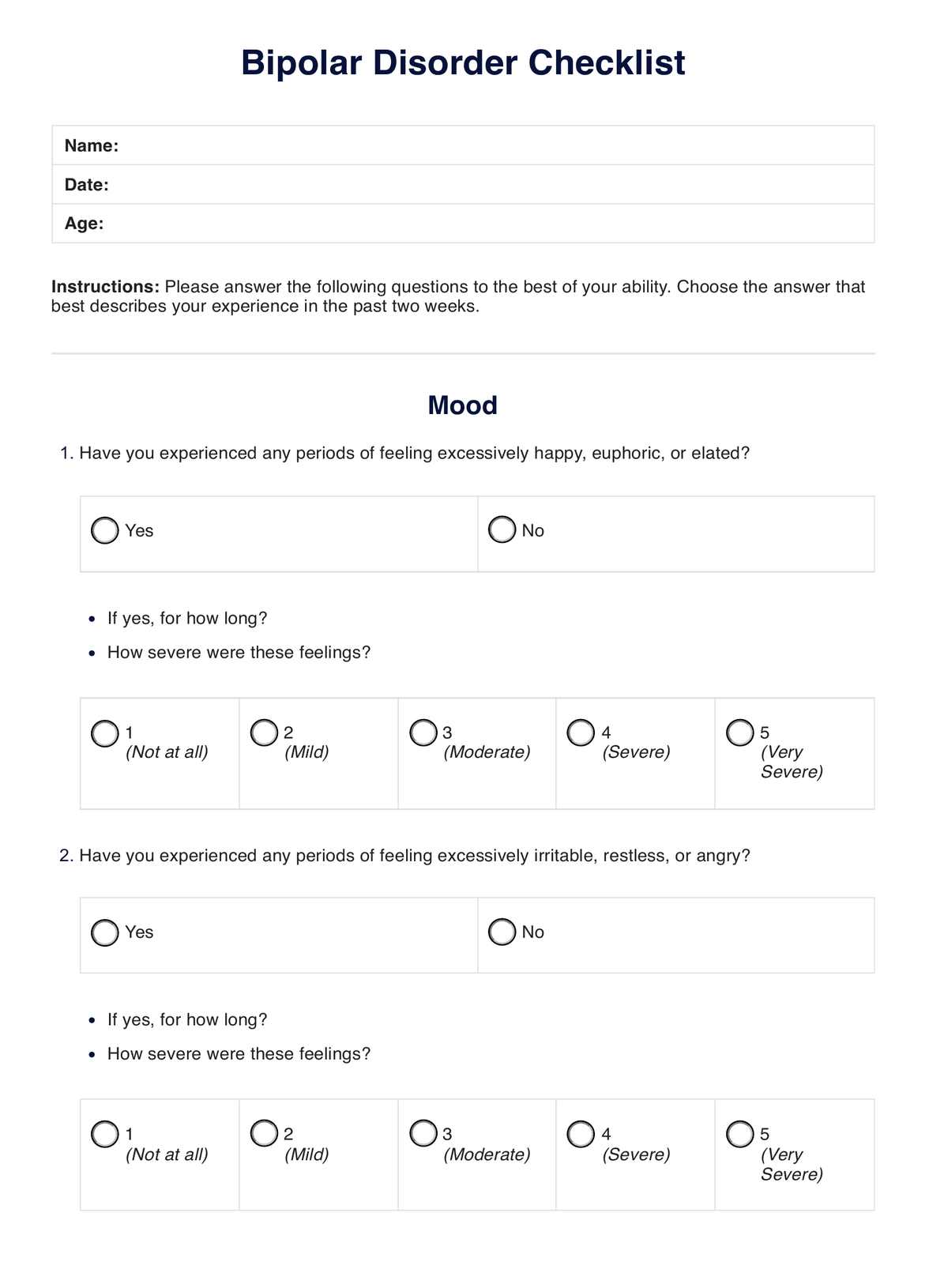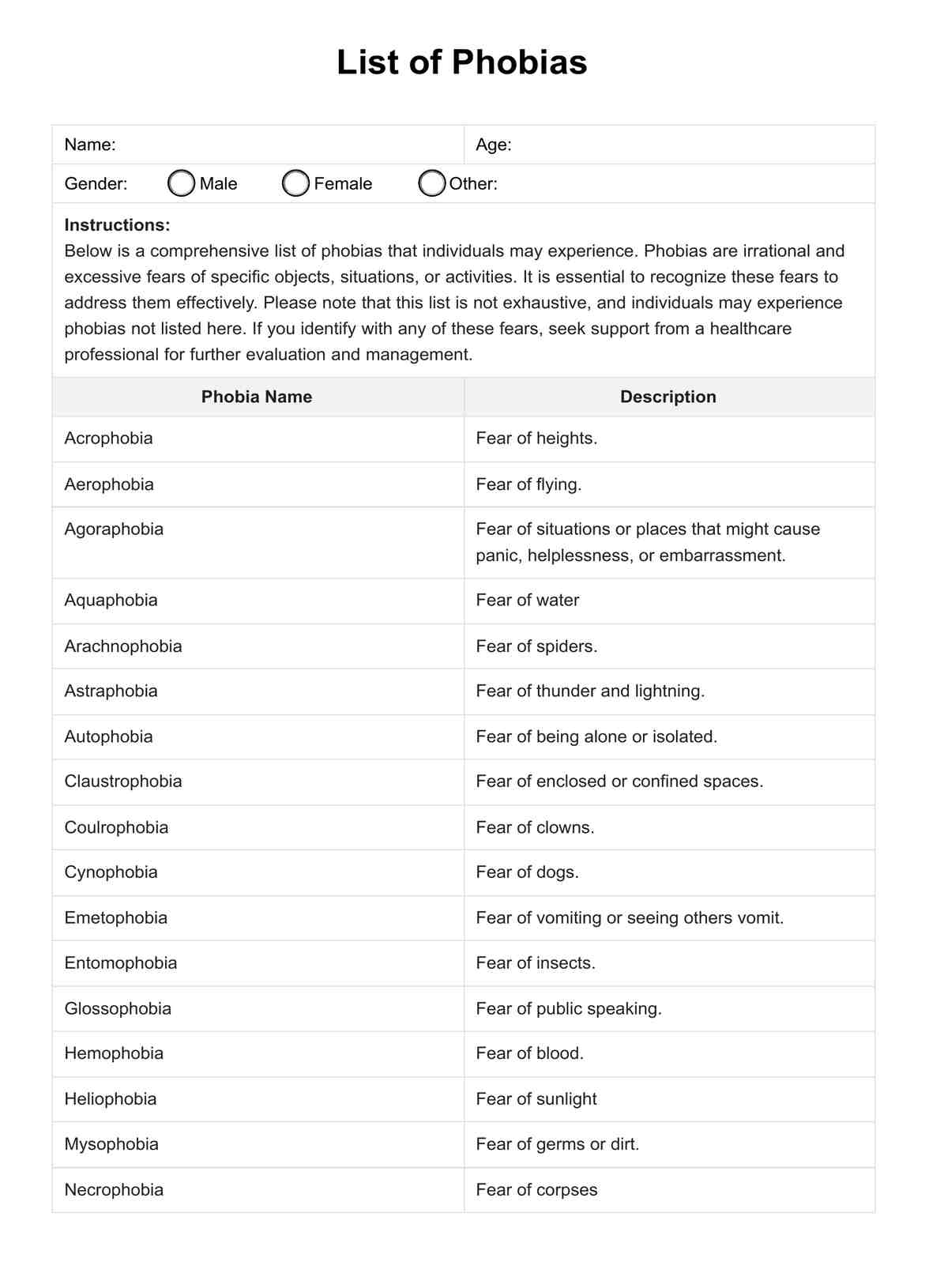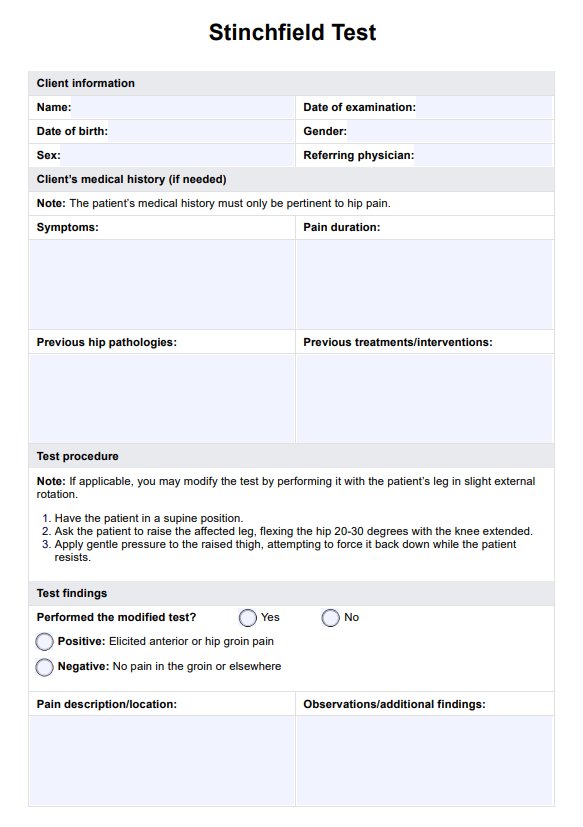Positive Reframing Worksheet
Transform negativity into resilience with our Positive Reframing Worksheet. Cultivate a positive mindset, challenge thoughts, and embrace personal growth.


What are negative self-talk and negative thinking?
Despite achieving success, individuals' thoughts may erode confidence and self-worth by persistently doubting their abilities or foreseeing failure in different situations, often resulting in negative self-talk and negative thinking patterns.
Negative self-talk involves an internal dialogue where individuals speak phrases or sentences to themselves, reinforcing detrimental beliefs and attitudes like fears and false aspirations, thereby adversely affecting their emotions and responses (American Psychological Association, 2023).
This negative self-talk habit can become so ingrained that it becomes a constant presence in daily life, affecting emotions, relationships, and overall sense of success. Students, professionals, and clients seeking personal growth can all fall victim to negative self-talk.
For instance, when faced with a challenge, automatic negative thoughts might lead to a belief in one's inability to overcome it. This pessimistic outlook can generate anxiety and hinder the development of practical solutions. Through cognitive restructuring techniques that promote self-confidence, resilience, and overall health, you can help clients have a more balanced perspective instead of all-or-nothing thinking.
Positive Reframing Worksheet Template
Positive Reframing Worksheet Example
How can positive self-talk and positive thinking help combat negative self-talk and negative thinking?
Positive self-talk and positive thinking are pivotal in cultivating a positive outlook and mental well-being. Here are the following ways positive self-talk can help:
- Disrupt negative beliefs: Positive self-talk disrupts negative beliefs by introducing counter-narratives, challenging pessimistic thoughts, and replacing them with affirming ones.
- Enhance resilience: It builds resilience by instilling a more optimistic perspective, enabling individuals to bounce back from setbacks and maintain mental well-being.
- Improve self-perception: Positive thinking improves self-perception by emphasizing strengths and achievements, gradually eroding negative self-talk and contributing to a more positive mental health outlook.
- Cultivate mindfulness: Positive self-talk and thinking foster mindfulness, helping individuals become more aware of their thoughts and emotions and enabling them to intercept and challenge negative patterns.
To address negative self-talk, it is crucial to develop the ability to identify and challenge these automatic negative thoughts during cognitive behavior therapy.
How to use this Positive Reframing Worksheet
The Positive Reframing Worksheet helps clients shift their perspective on challenging situations and foster a positive mindset. Follow the steps below:
Step 1: Download the template
You can access the Positive Reframing Worksheet template from this guide. Click "Use template" to open it within the Carepatron platform, where you can customize this tool according to your needs. You can also click "Download" to get a free fillable PDF copy of this form.
Step 2: Identify the challenging situation
Once you've distributed the worksheet to the clients, guide them in describing the challenging situation causing distress, encouraging them to be specific and honest. Acknowledging the issue is the first step towards positive change.
Step 3: Explore negative thoughts
The next step is for the clients to list the negative thoughts associated with the situation. Instruct them to practice identifying cognitive distortions. This step lays the foundation for positive reframing.
Step 4: Challenge negative thoughts
Guide them as they challenge the accuracy of negative thoughts. Offer alternative perspectives and reframe them into positive beliefs. You may give them examples so they can easily follow.
Step 5: Identify positive aspects
After challenging the negative thoughts, clients should identify the positive aspects, opportunities, or lessons within the challenging situation, prompting a shift in focus from what's difficult to what's working.
Step 6: Explore personal strengths and set positive intentions
Help them reflect on personal strengths and qualities to enhance self-awareness and build the foundation for overcoming challenges with confidence. Clients also establish positive intentions or affirmations aligned with the reframed thoughts. These intentions act as guiding principles, influencing their mindset and behavior.
Step 7: Create an action plan
Outline practical steps to address the challenging situation. This action plan empowers them to implement positive life changes, turning insights into real-world improvements.
What are the benefits of using this Positive Reframing Worksheet?
The Positive Reframing Worksheet offers practical benefits for individuals seeking to enhance their mental well-being by fostering positive thoughts and empowering beliefs.
Enhanced life satisfaction
This worksheet helps individuals develop a more optimistic outlook by consistently practicing positive reframing and challenging negative thoughts. Over time, cultivating positive and empowering statements contributes to increased life satisfaction, fostering a sense of contentment and well-being.
Heightened self-awareness
The worksheet encourages individuals to reflect on personal strengths and challenges, promoting self-awareness. Clients develop a deeper understanding of their thoughts and emotions by actively creating positive reframes and acknowledging cognitive distortions, leading to heightened self-awareness and improved emotional intelligence.
Positive and empowered statements
By deliberately reframing negative thoughts, individuals learn to express themselves more positively. The worksheet helps craft positive and empowering statements, fostering a constructive and affirming mindset, which, in turn, contributes to improved communication and interpersonal relationships.
For additional resources to enhance your practice and elevate client satisfaction, check out our Action Plan Template and Cognitive Distortions Template.
Research and evidence
Chopra (2012) conducted a study focusing on grade one students, implementing a three-level process to foster positive self-talk. This approach aimed to develop self-talk awareness, shift negative thoughts, and integrate positive self-talk into daily interactions, improving student perspectives, attitudes, and reactions.
In a related study by Ay et al. (2013), which involved 30 male students learning the grab start in swimming, positive self-talk combined with physical practice significantly enhanced self-efficacy and learning outcomes compared to physical training alone. Additionally, athletes employing positive reframing strategies demonstrated better coping mechanisms, higher return rates to sport, and reduced fear of reinjury post-surgery (Flanigan, 2021).
Sanchez et al. (2016) examined self-talk among undergraduate students and found correlations between the positivity of general and academic self-talk. They noted increased instances of negative self-talk in challenging academic subjects, which corresponded with anticipated negative exam outcomes. This underscores the importance of training in effective self-talk for navigating academic challenges and decision-making processes such as suspending studies.
References
American Psychological Association. (2023, November 15). Self-talk. https://dictionary.apa.org/self-talk
Ay, K. M., Halaweh, R., & Al-taieb, M. A. (2013). Positive self-talk and its effect on learning the grab start skill in swimming and self-efficacy improvement. Journal of Physical Education and Sport, 13(4), 578-582. https://doi.org/10.7752/jpes.2013.04090
Chopra, K. (2012). Impact of positive self-talk. https://opus.uleth.ca/items/2201b6f3-8711-445e-b63f-393047ac7139
Flanigan, D. C., Everhart, J. S., DiBartola, A. C., Blough, C., Schiele, S. E., Harris, K. M., & Emery, C. F. (2021). Positive reframing: An important but underutilized coping strategy in athletes undergoing sport-related knee surgery. Journal of Athletic Training, 56(12), 1334-1339. https://doi.org/10.4085/1062-6050-0618.20
Sánchez, F., Carvajal, F., & Saggiomo, C. (2016). Self-talk and academic performance in undergraduate students. Anales de Psicología, 32(1), 139–147. https://doi.org/10.6018/analesps.32.1.188441
Commonly asked questions
Anyone can use the Positive Reframing Worksheet. It's a go-to guide for infusing positivity into an individual's mindset and boosting emotional well-being.
Use the Positive Reframing Worksheet when clients need help shifting their perspective on challenging situations or negative thoughts. It’s particularly effective in sessions focused on stress, problem-solving, or cognitive restructuring.
Completing a Positive Reframing Worksheet typically takes 10 to 20 minutes, depending on the client’s depth of reflection. Some clients may need more time if the situation or emotions involved are complex.


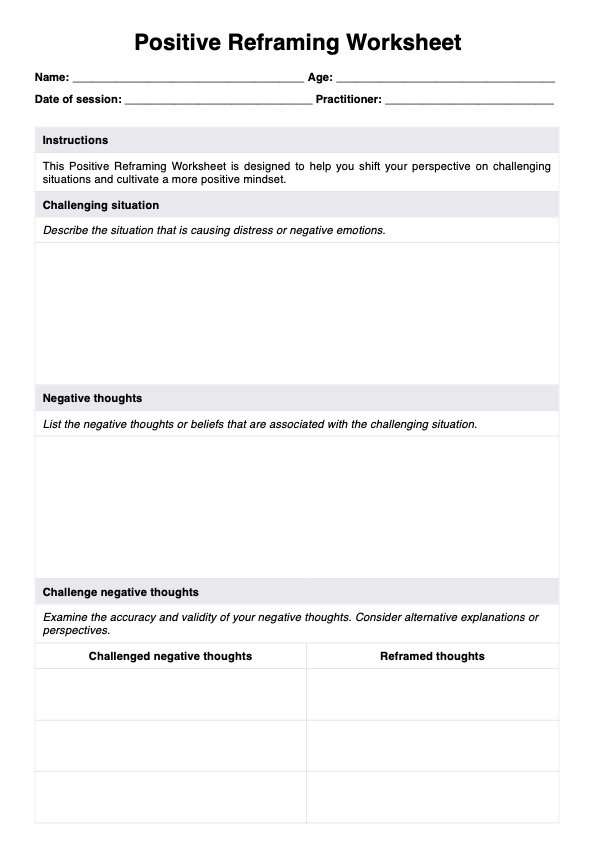
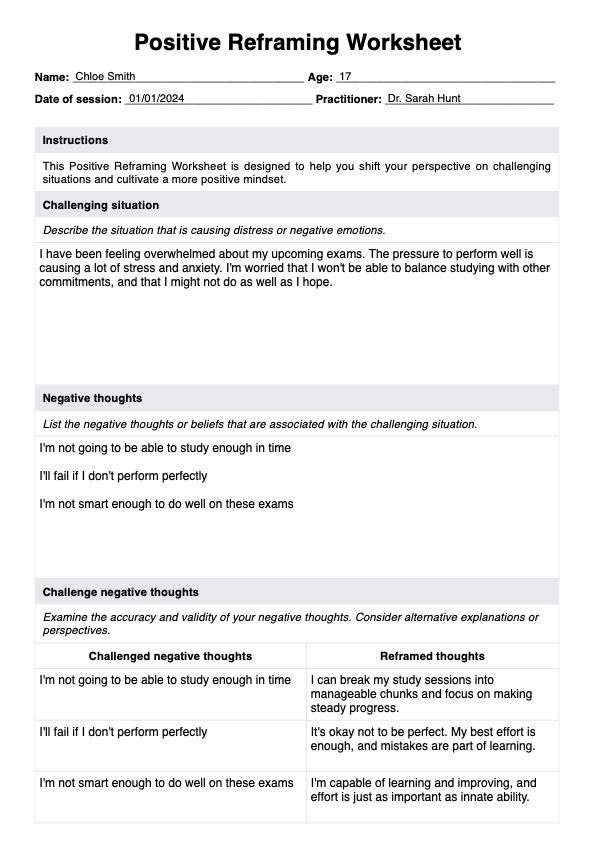

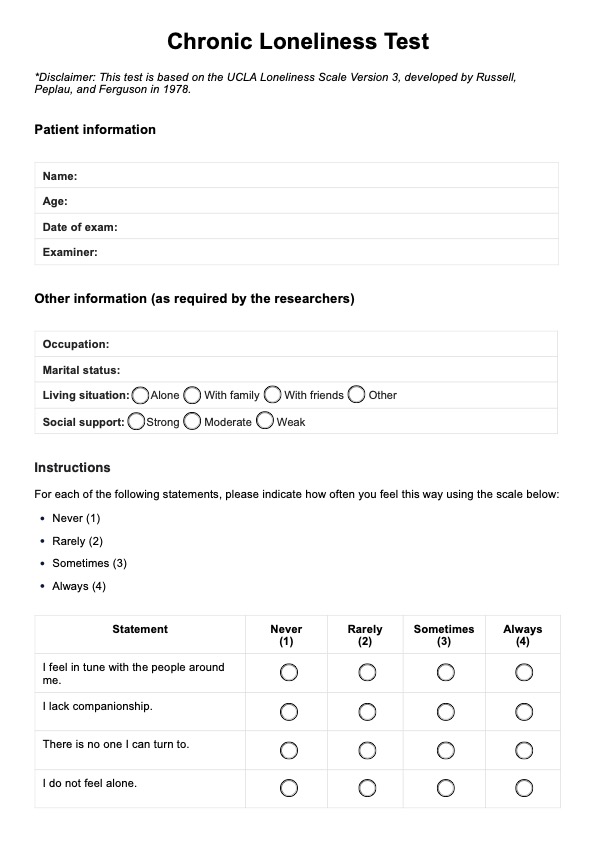
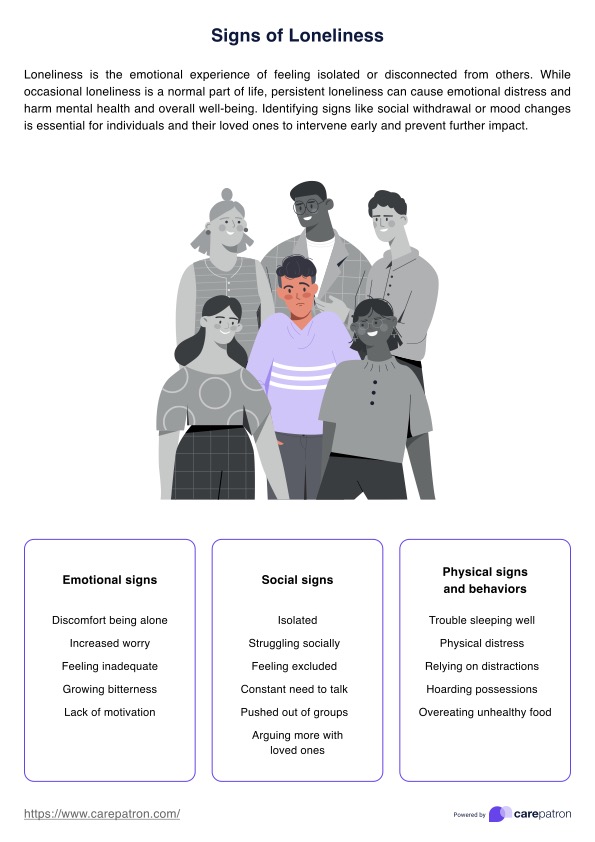
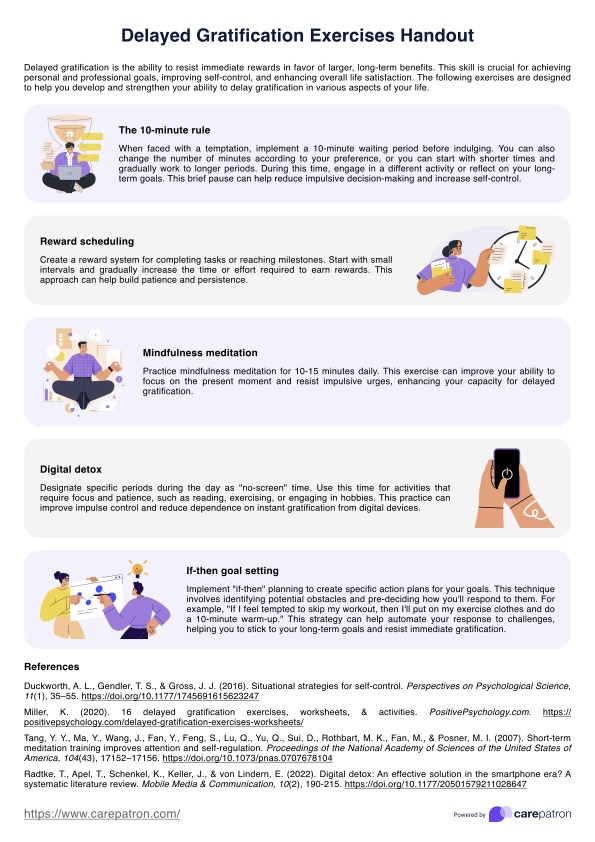
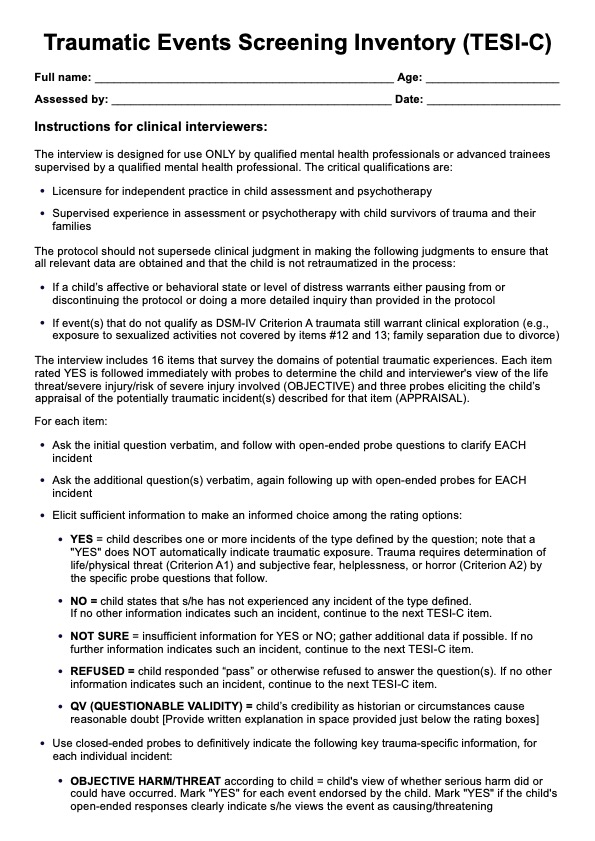
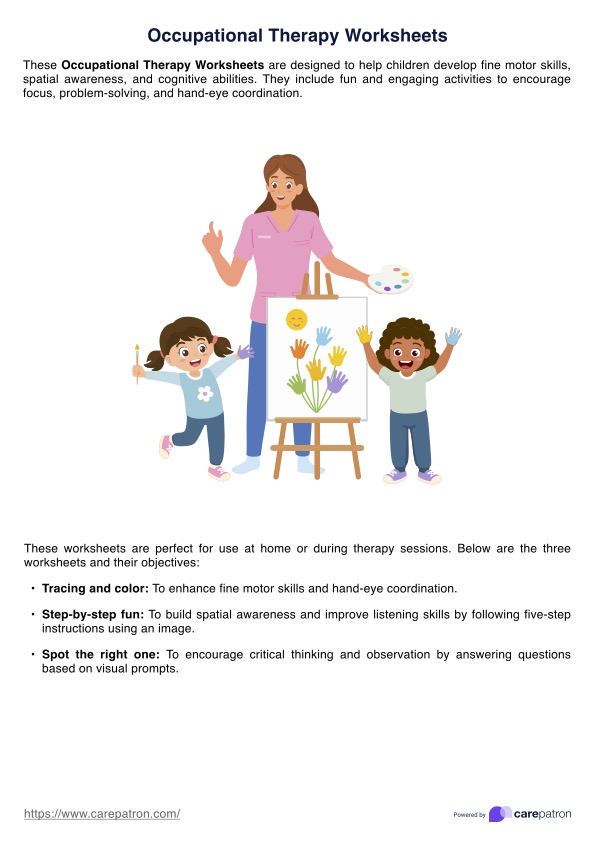
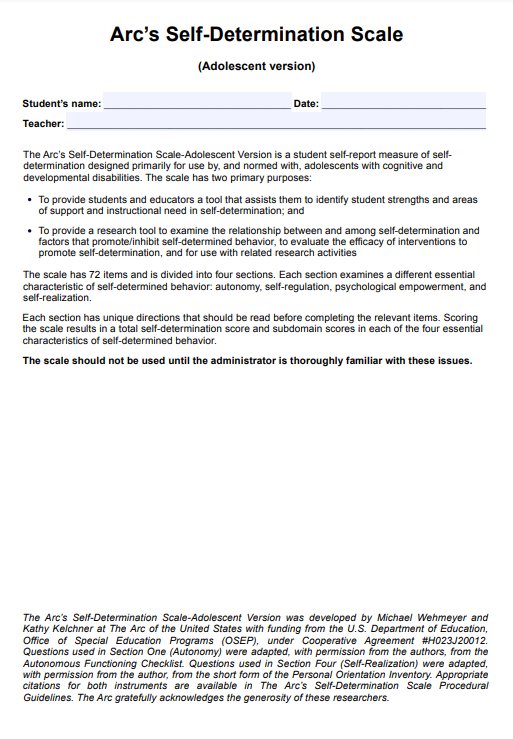
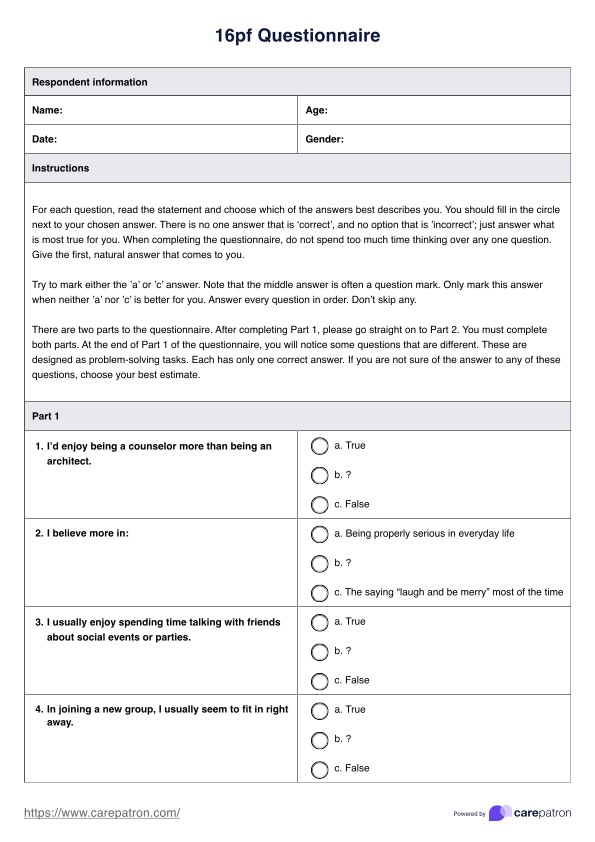
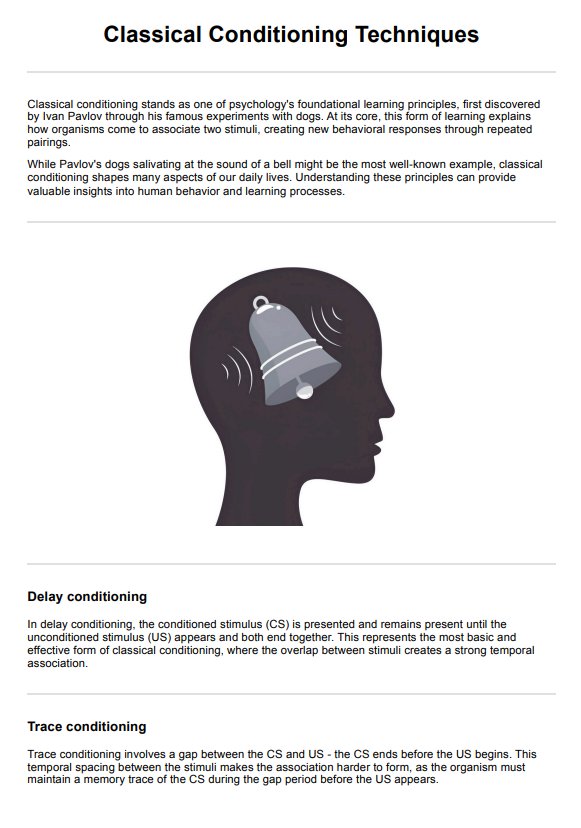
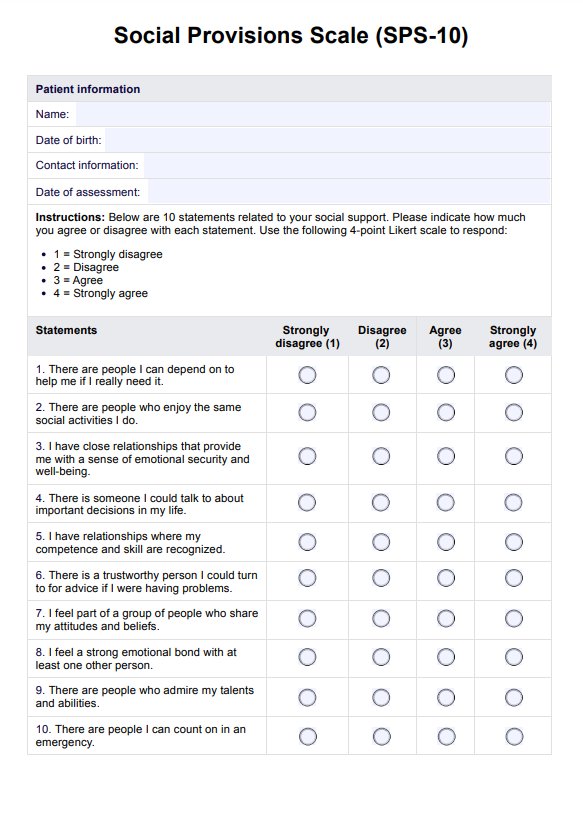
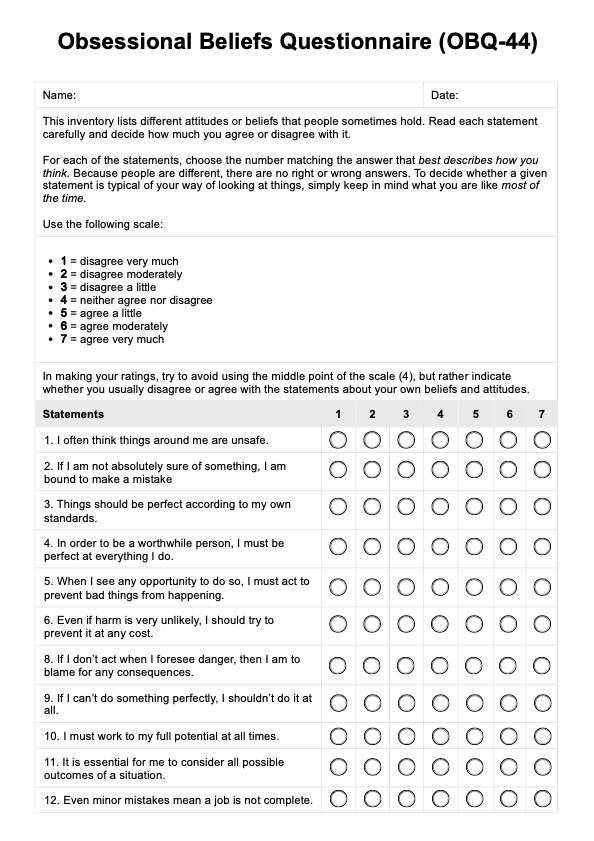

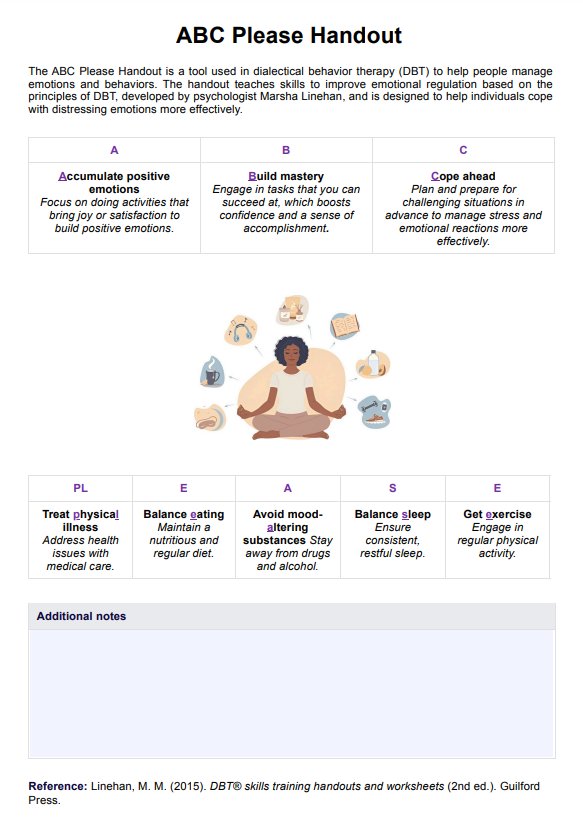

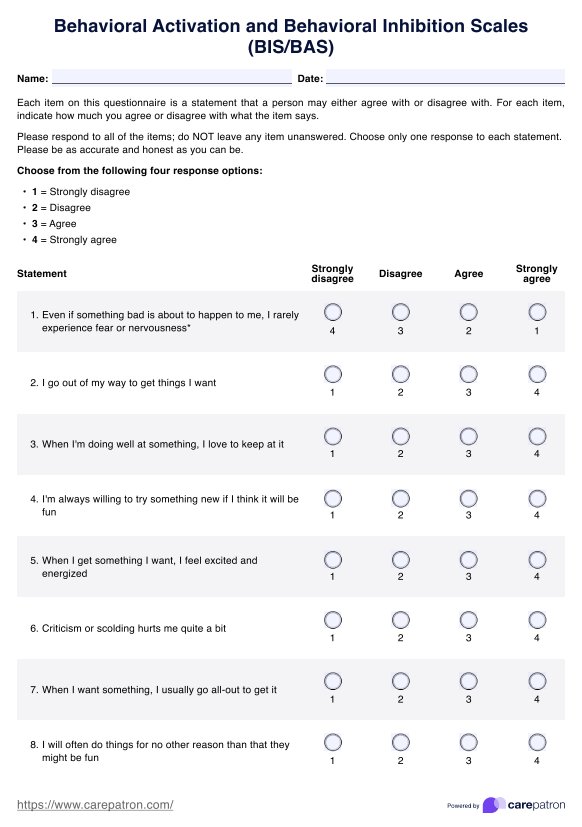
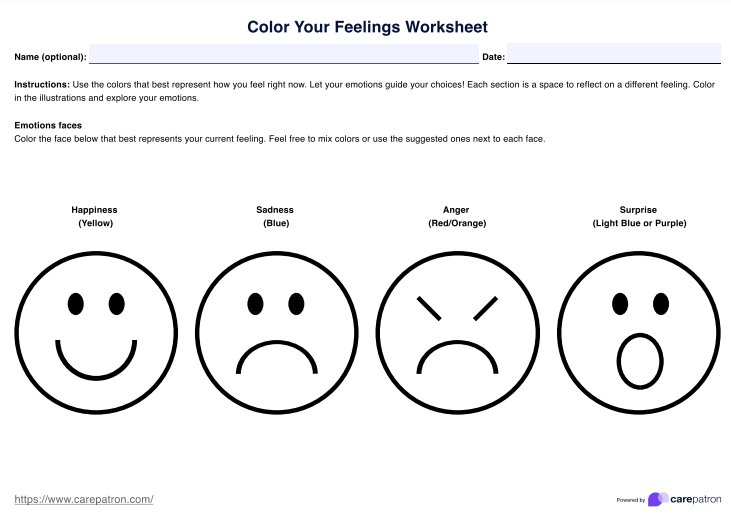
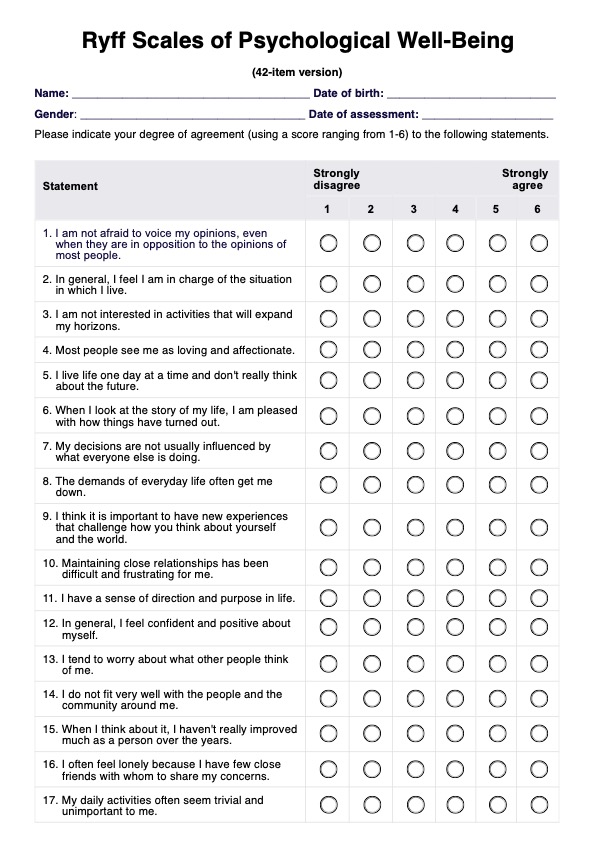
-template.jpg)
